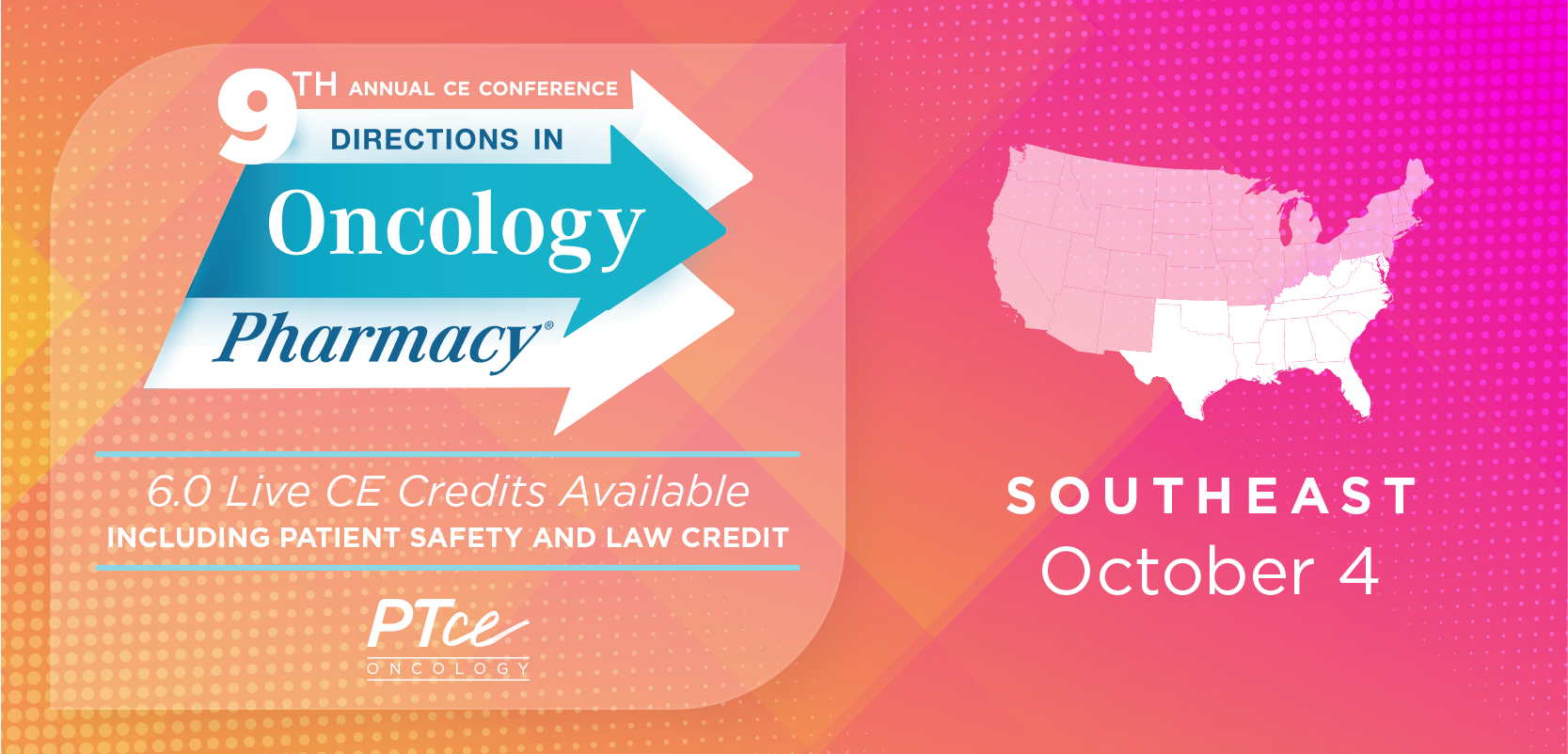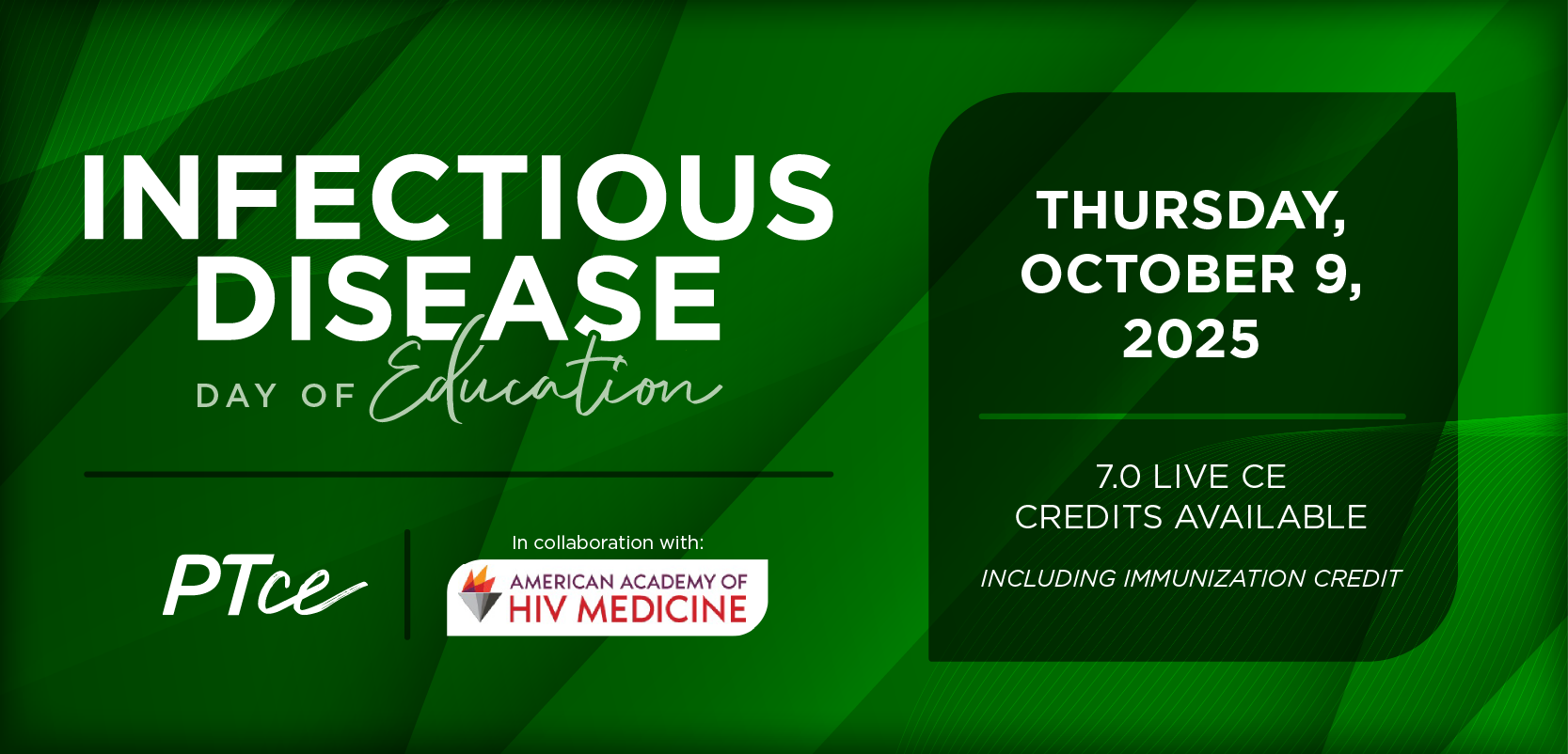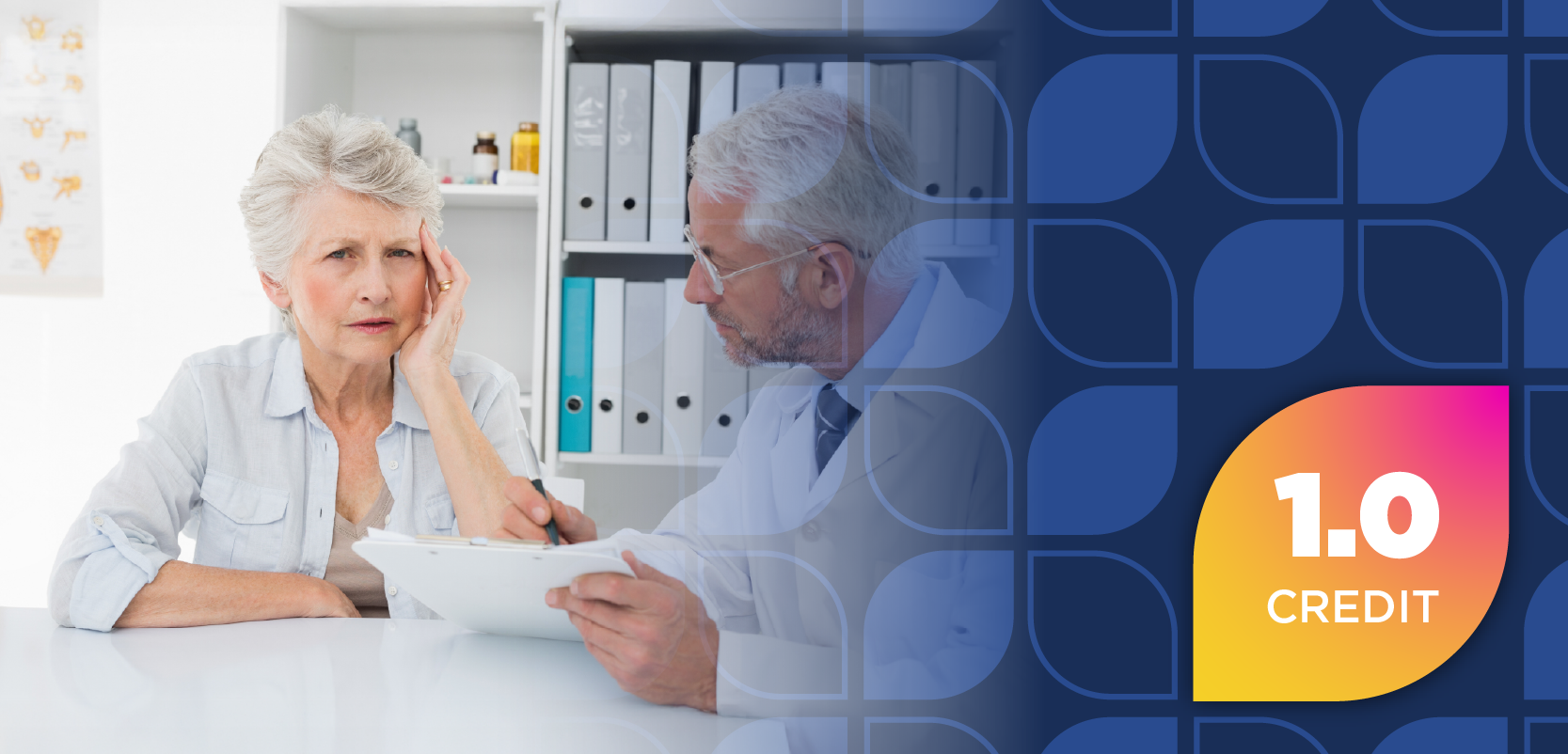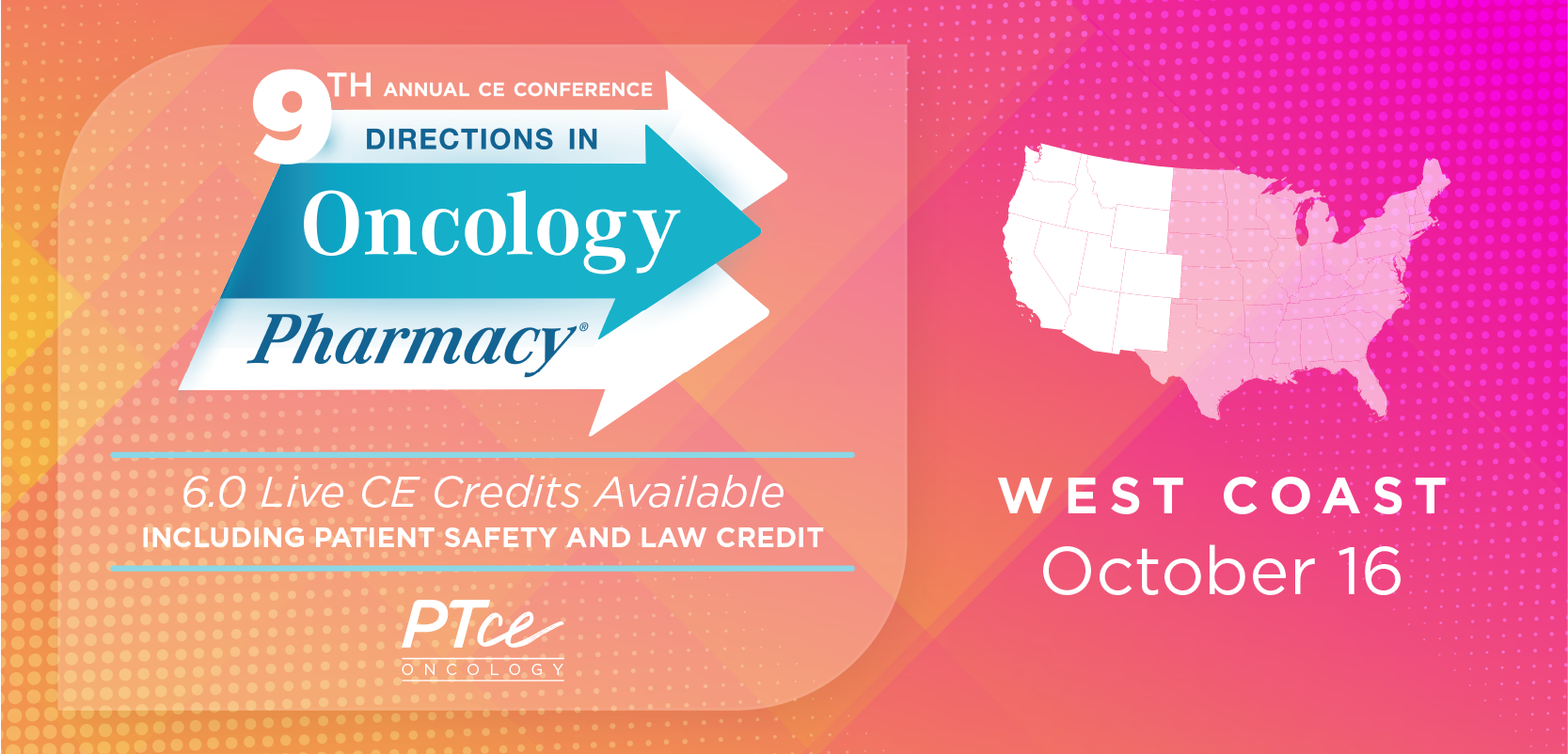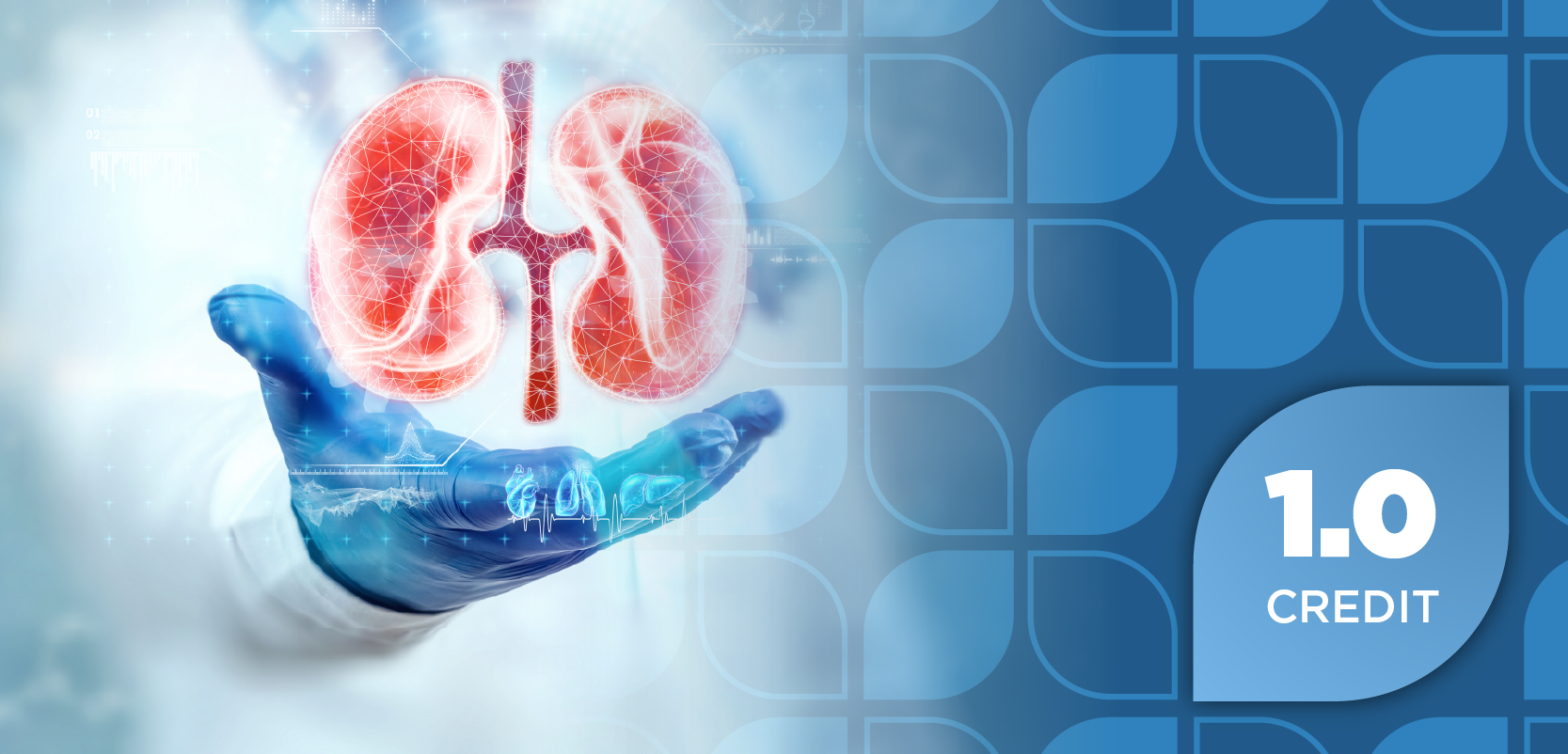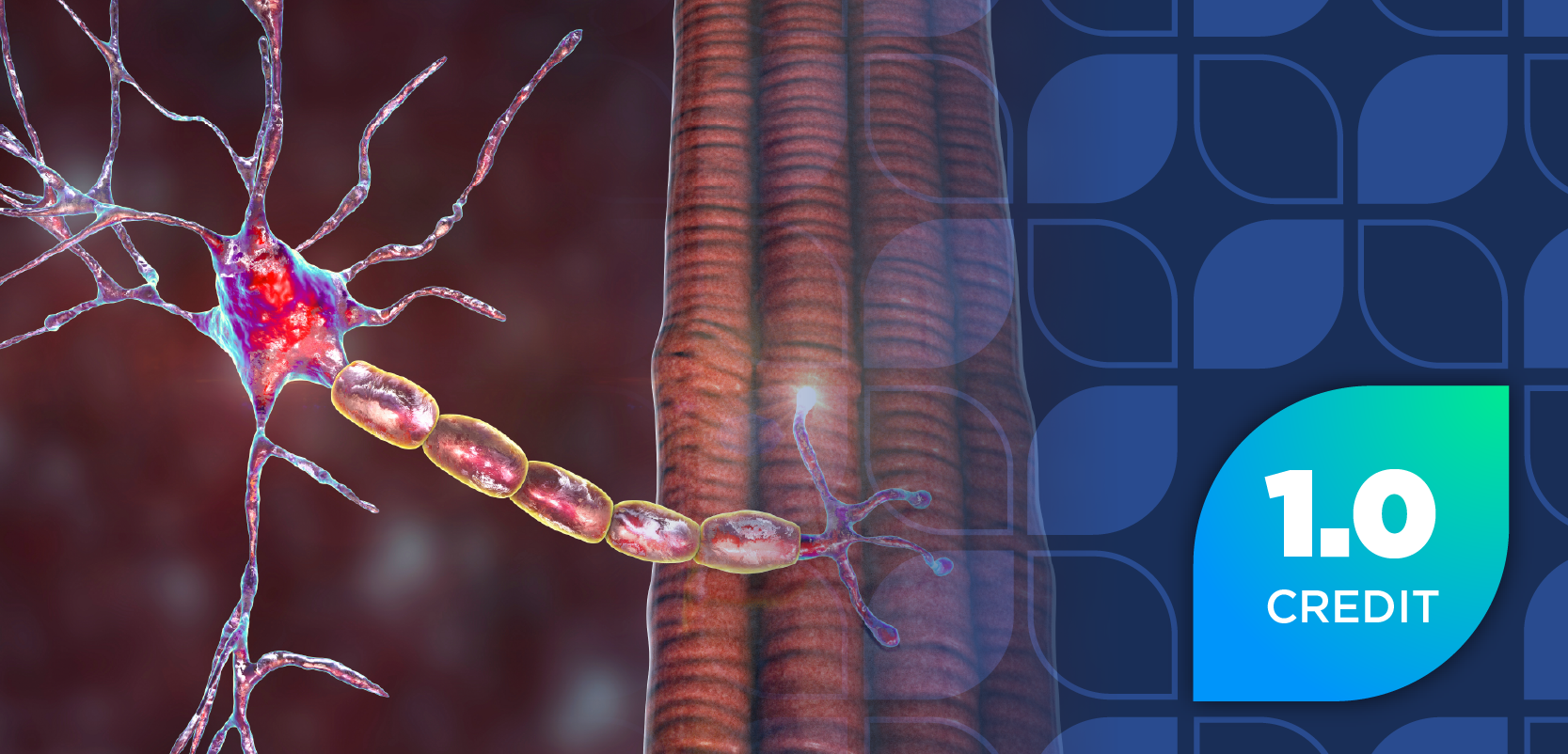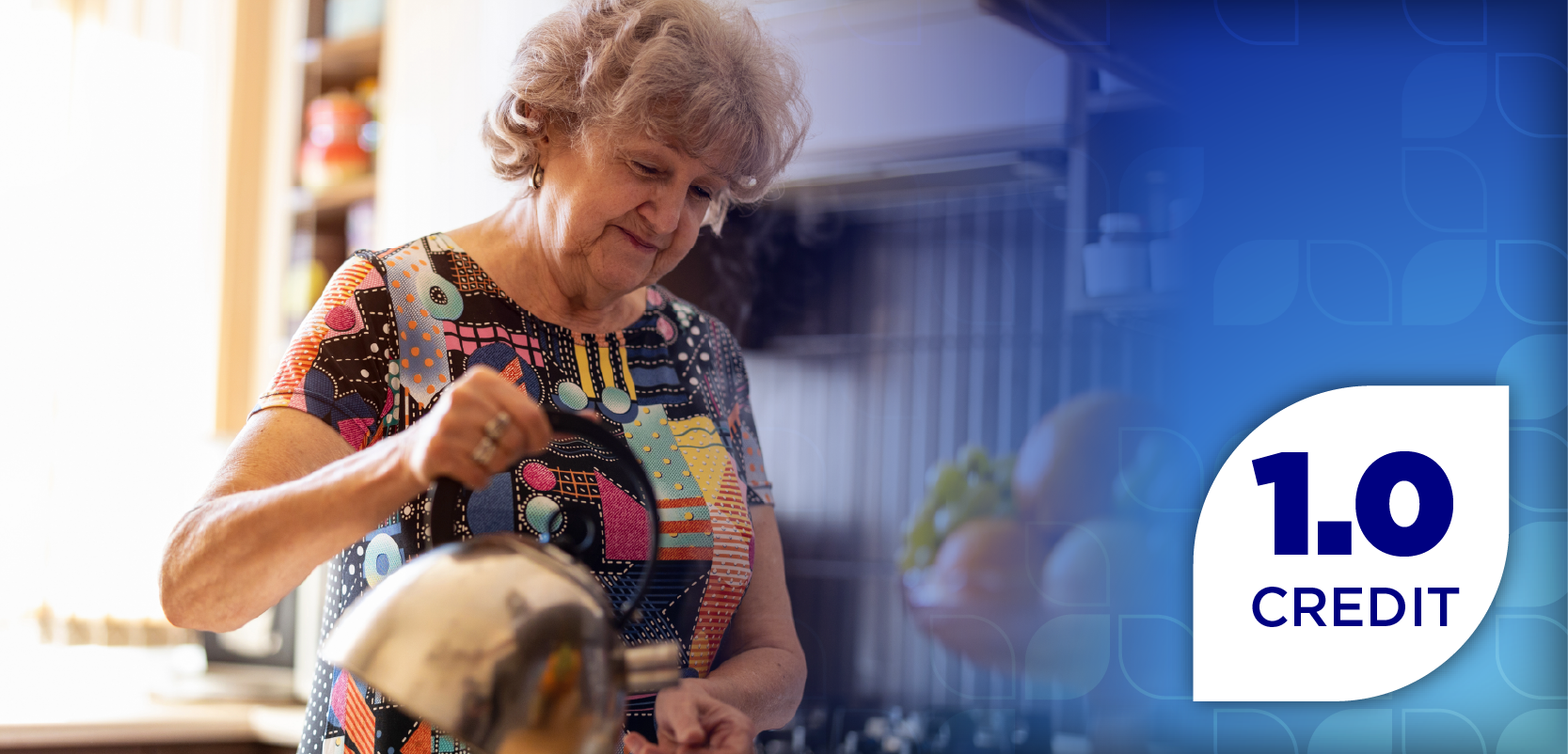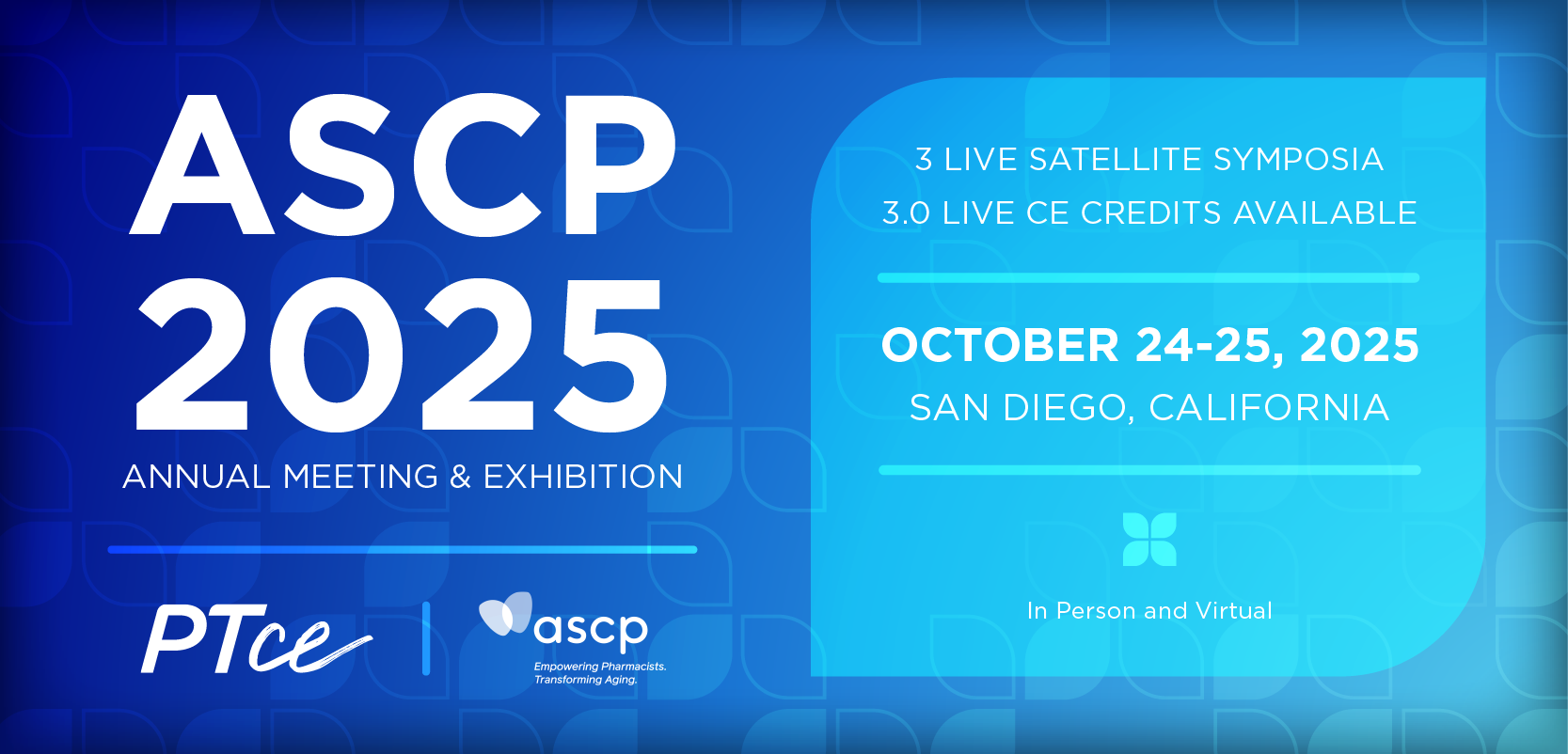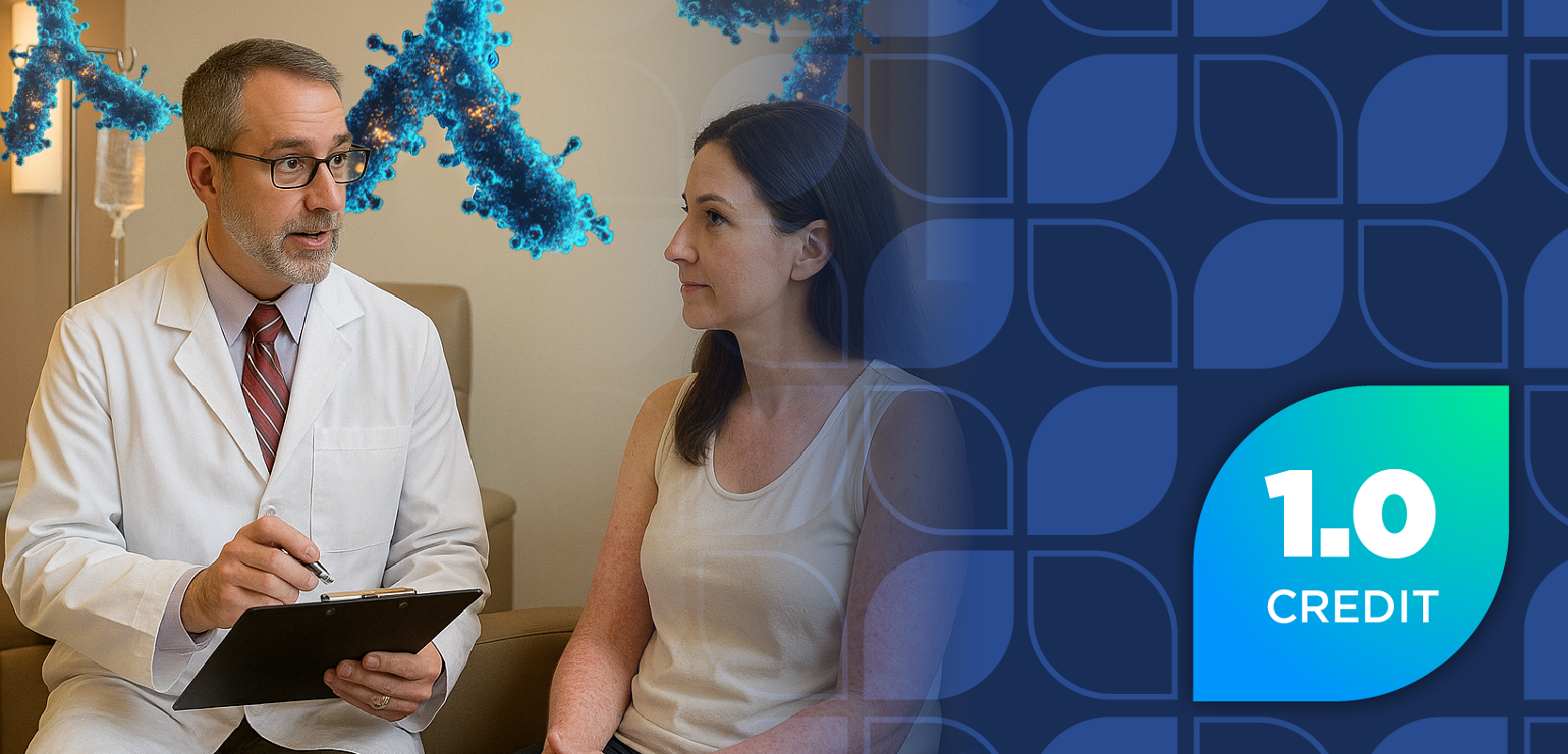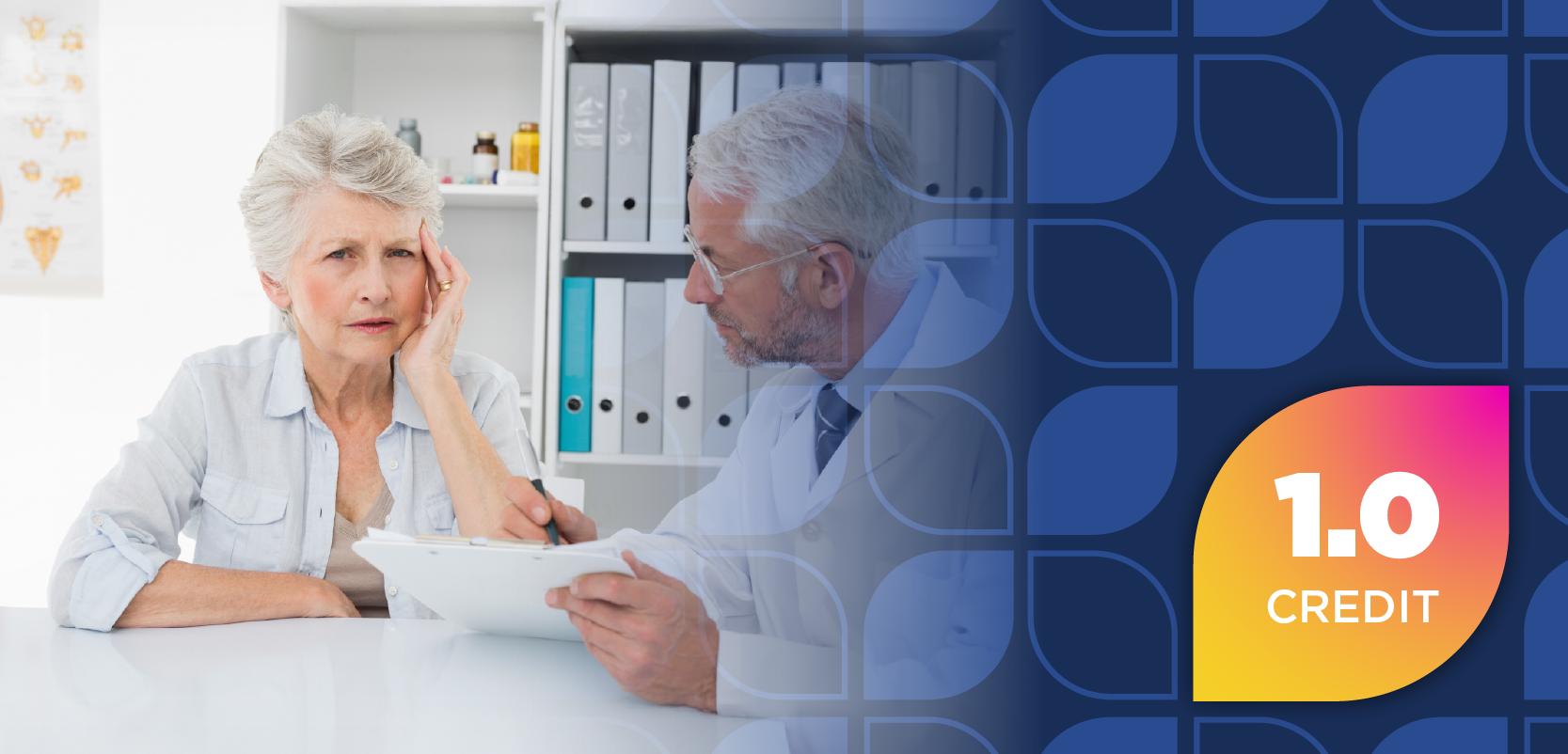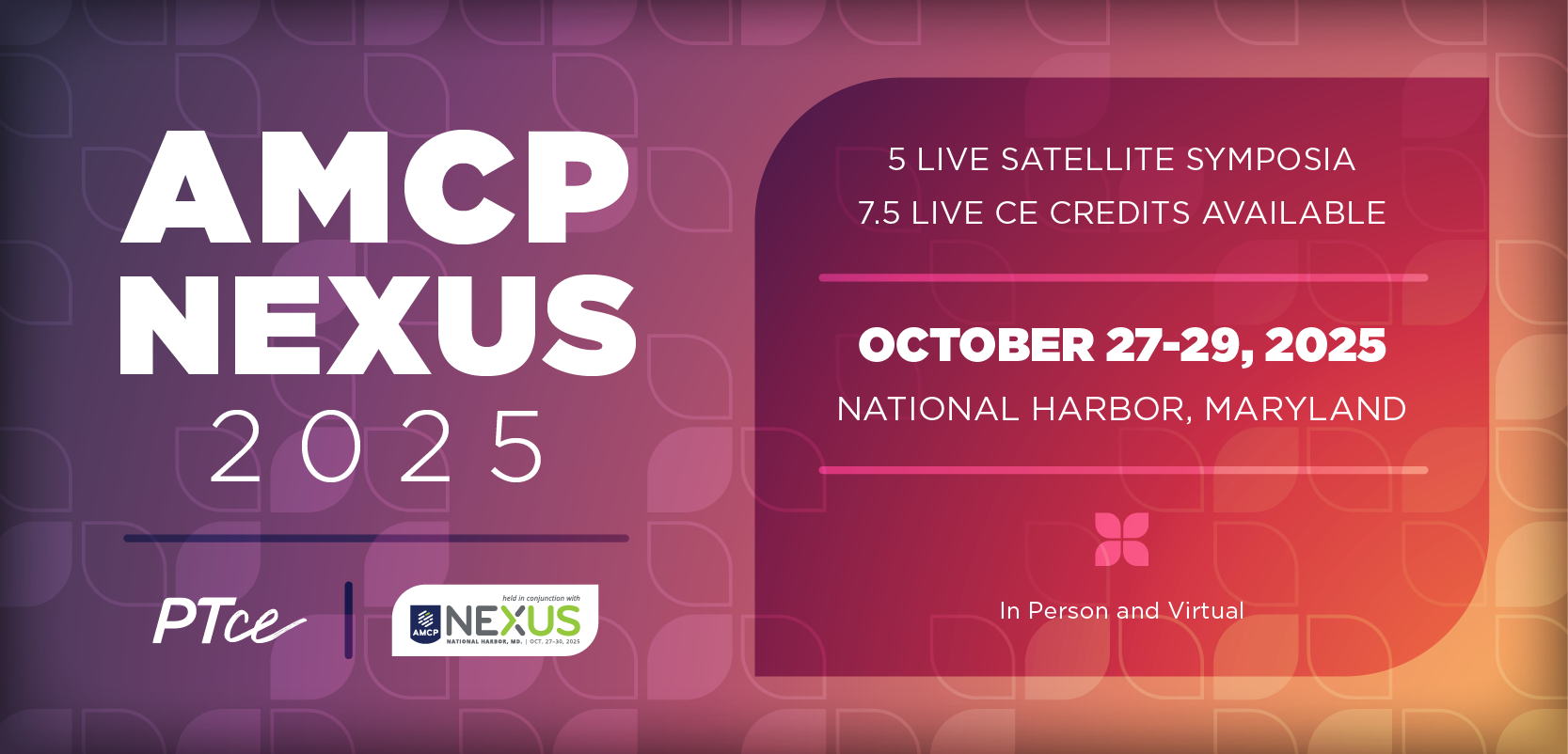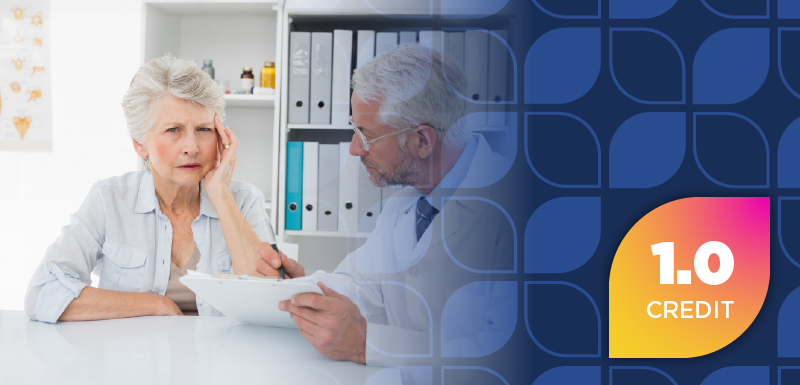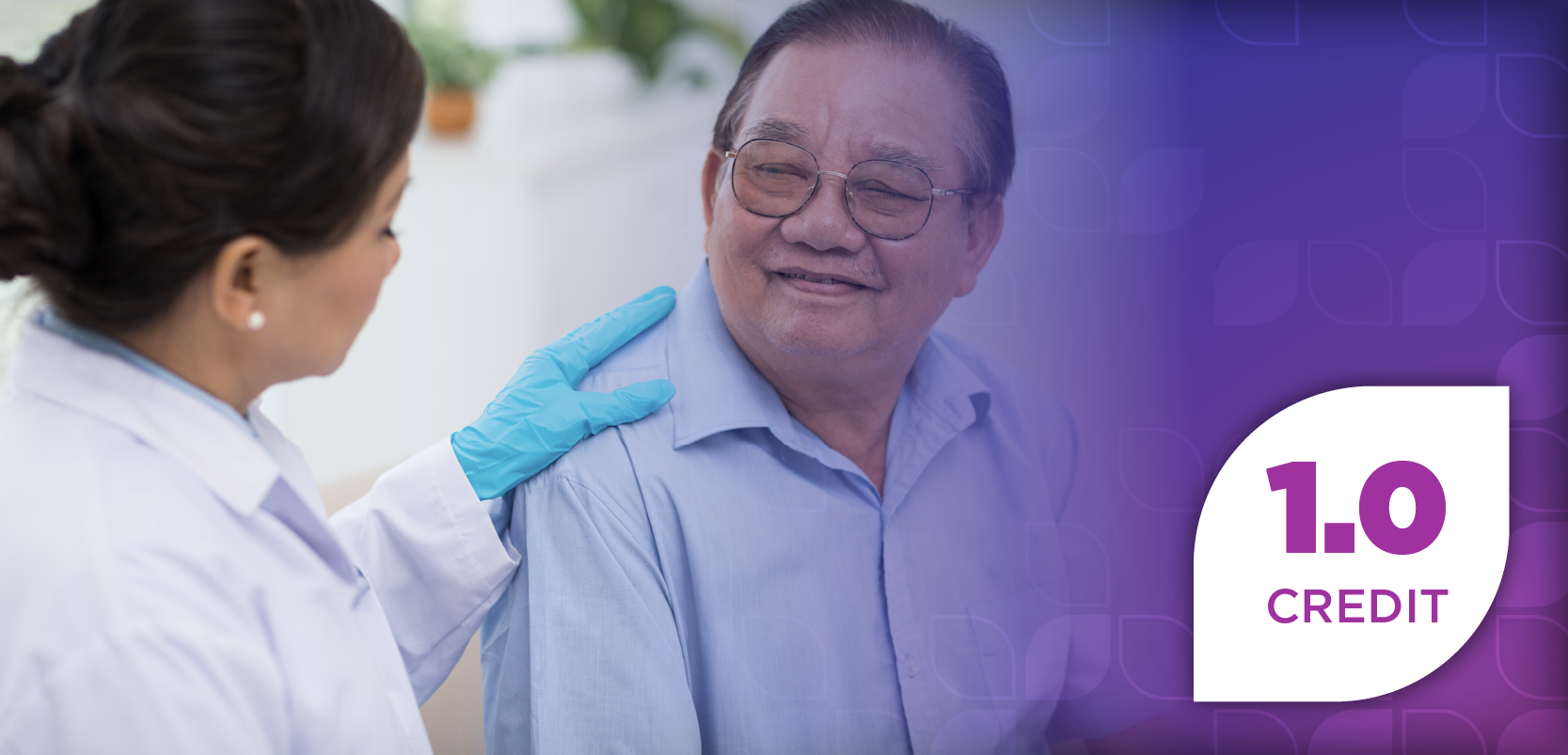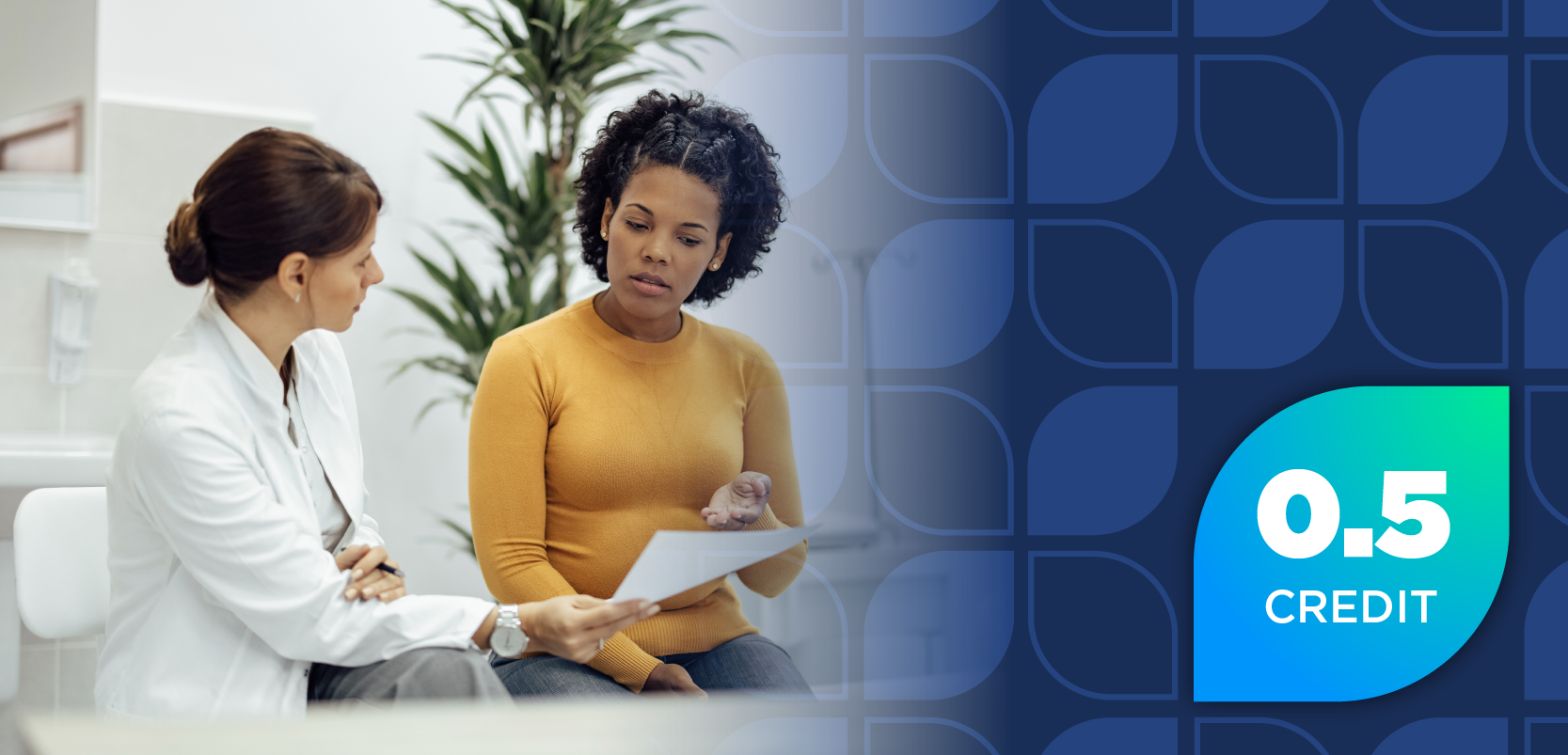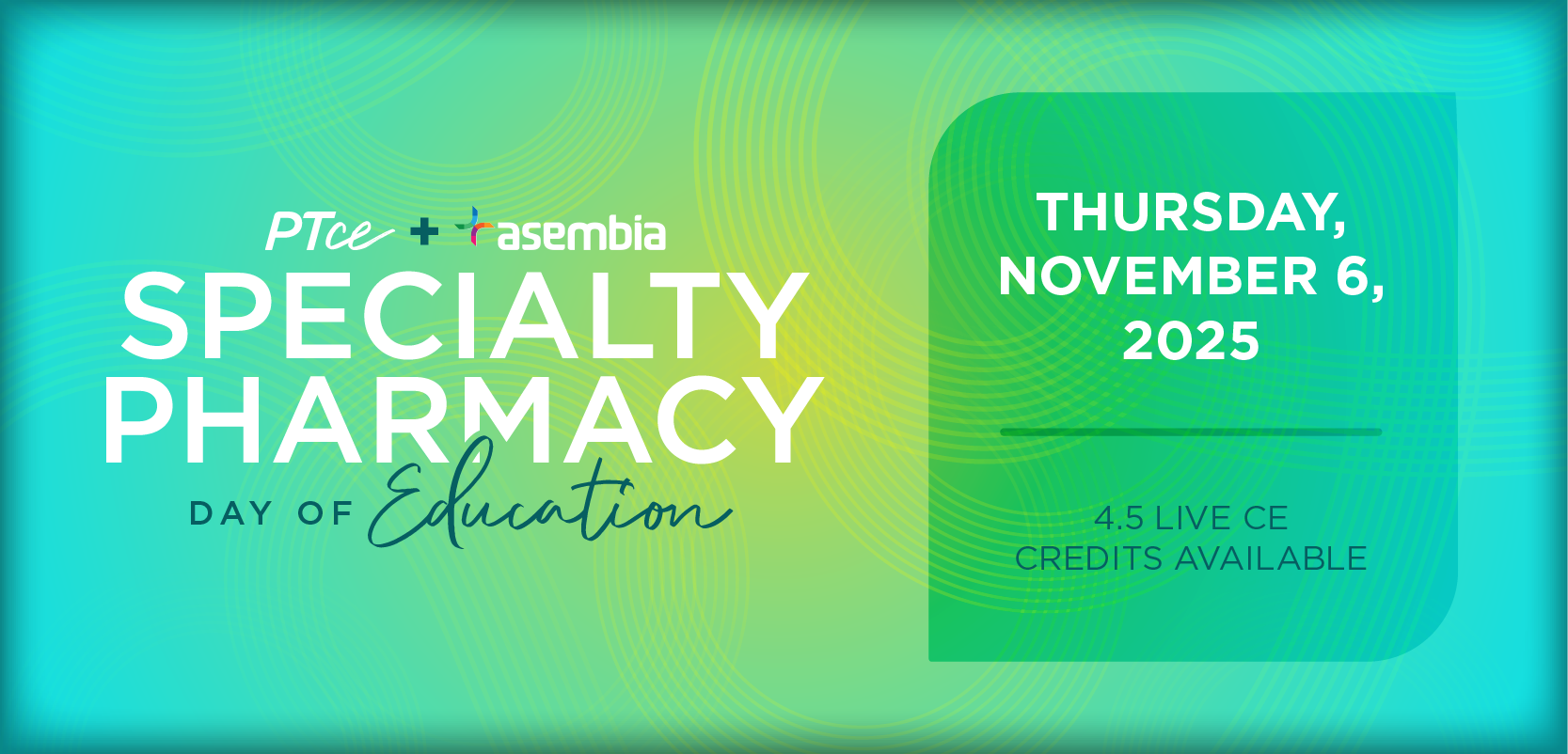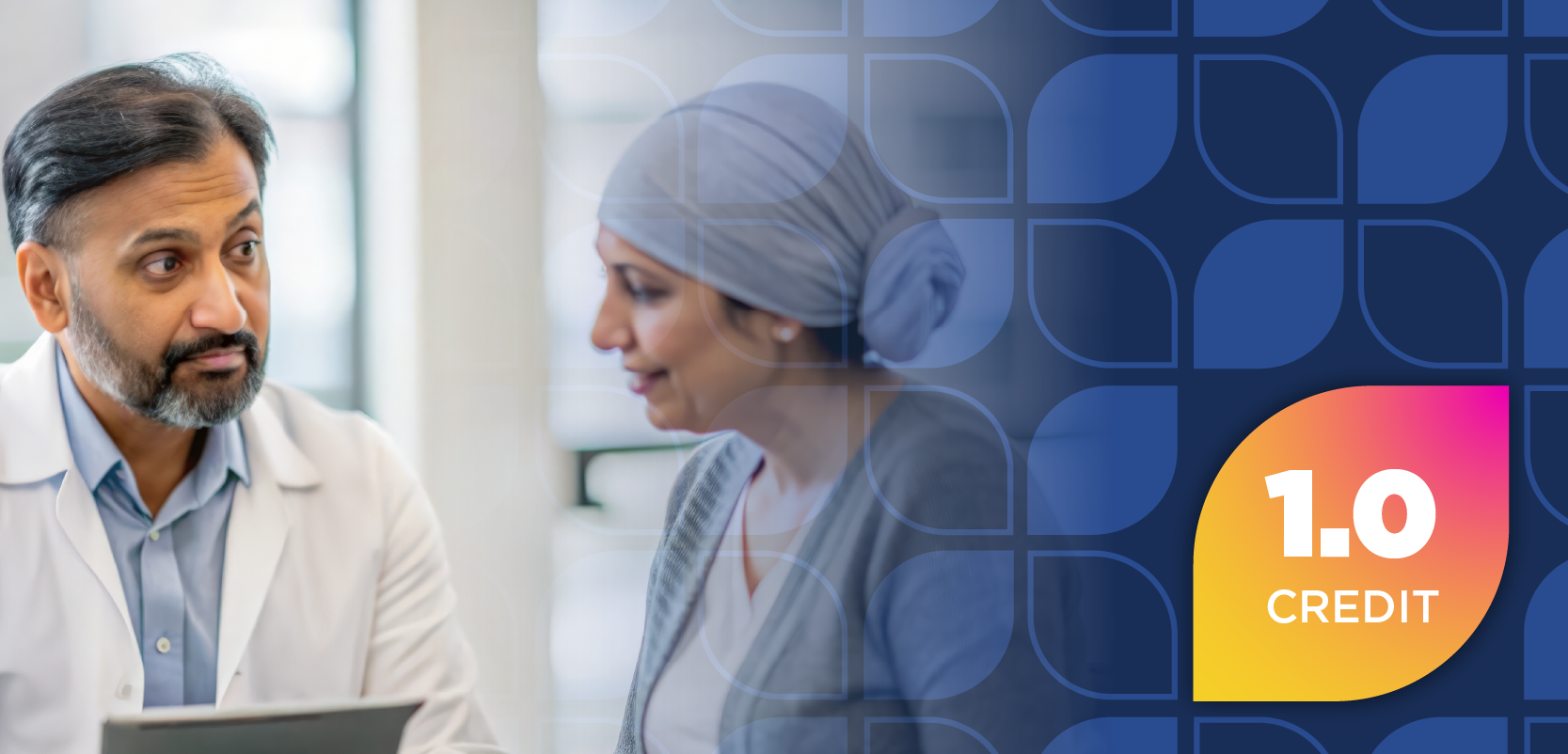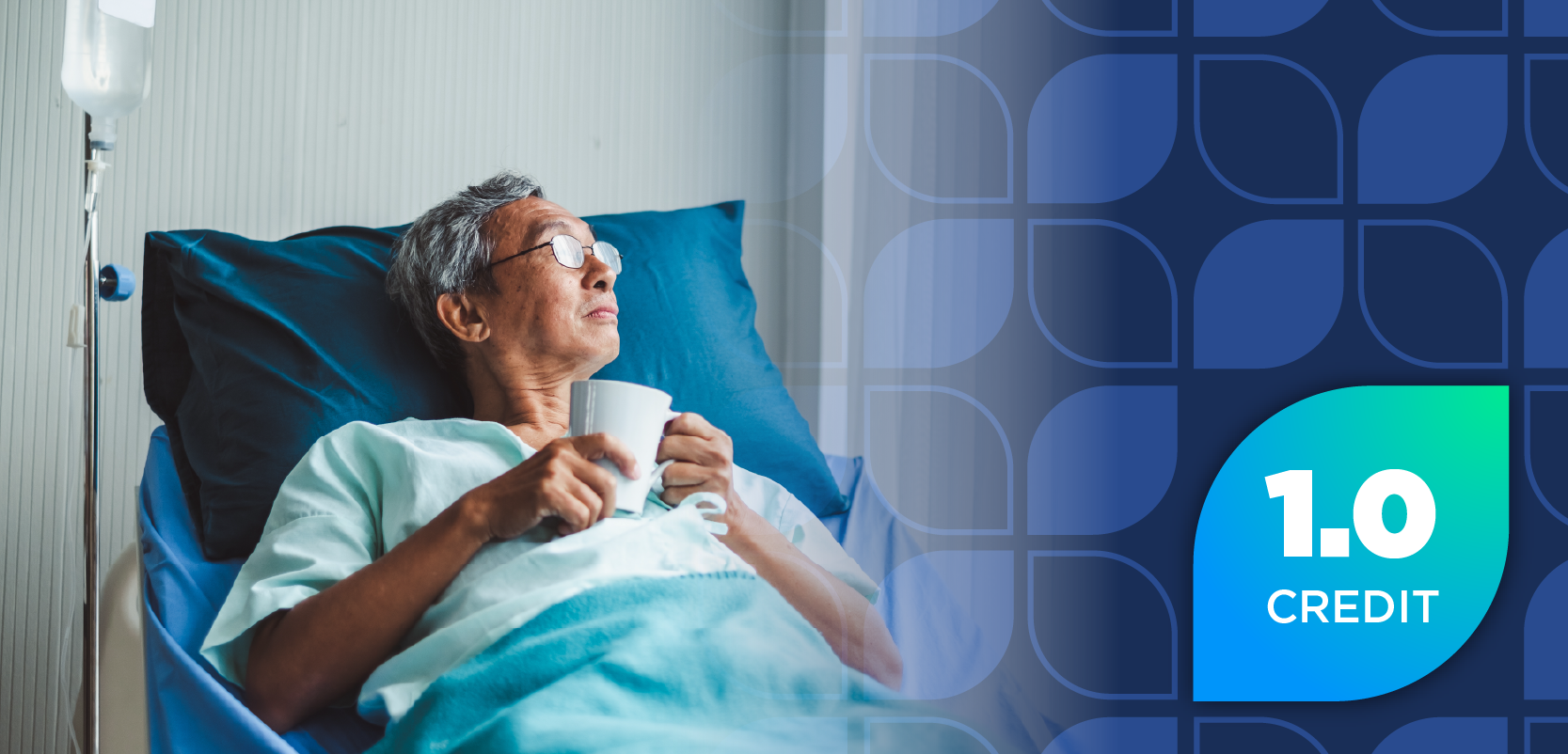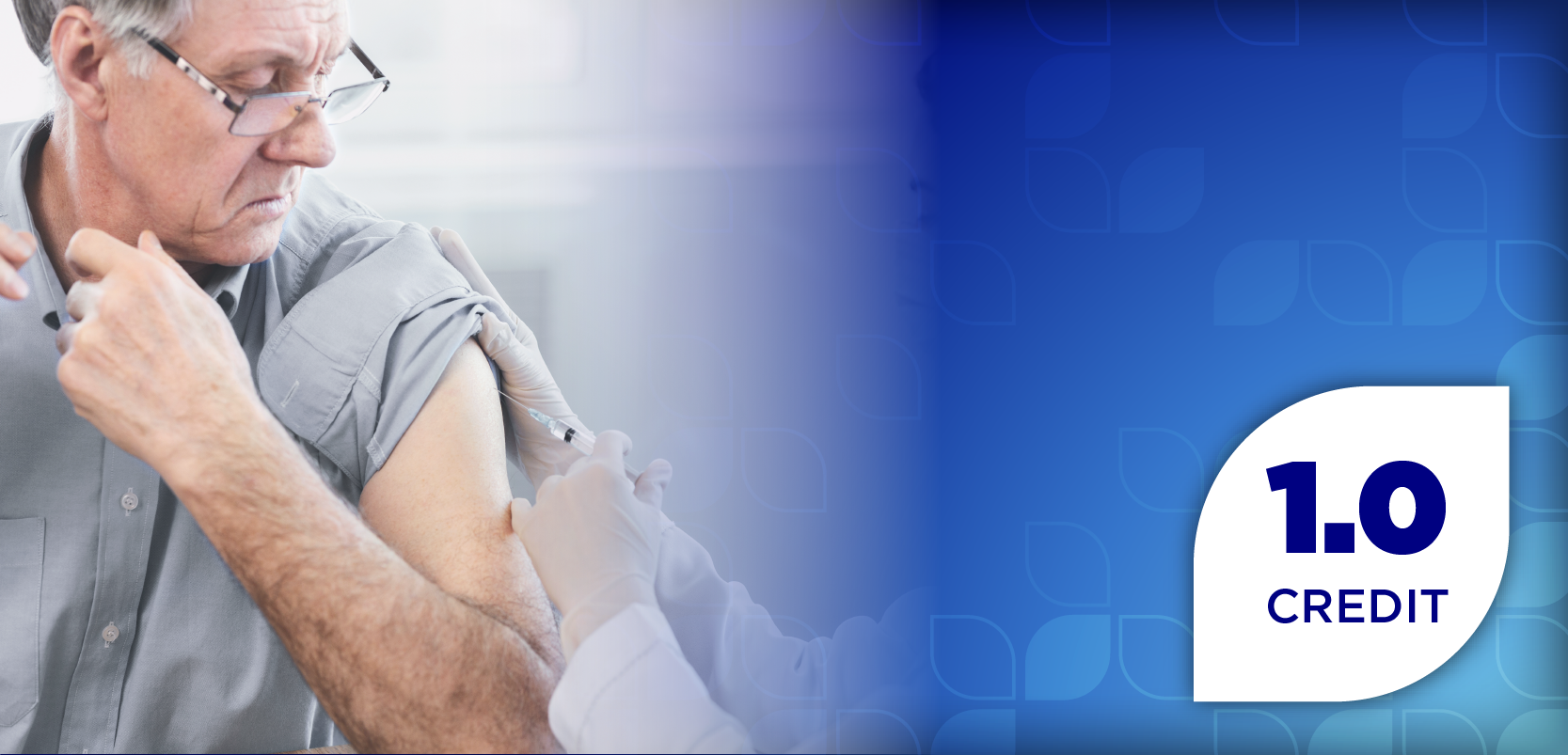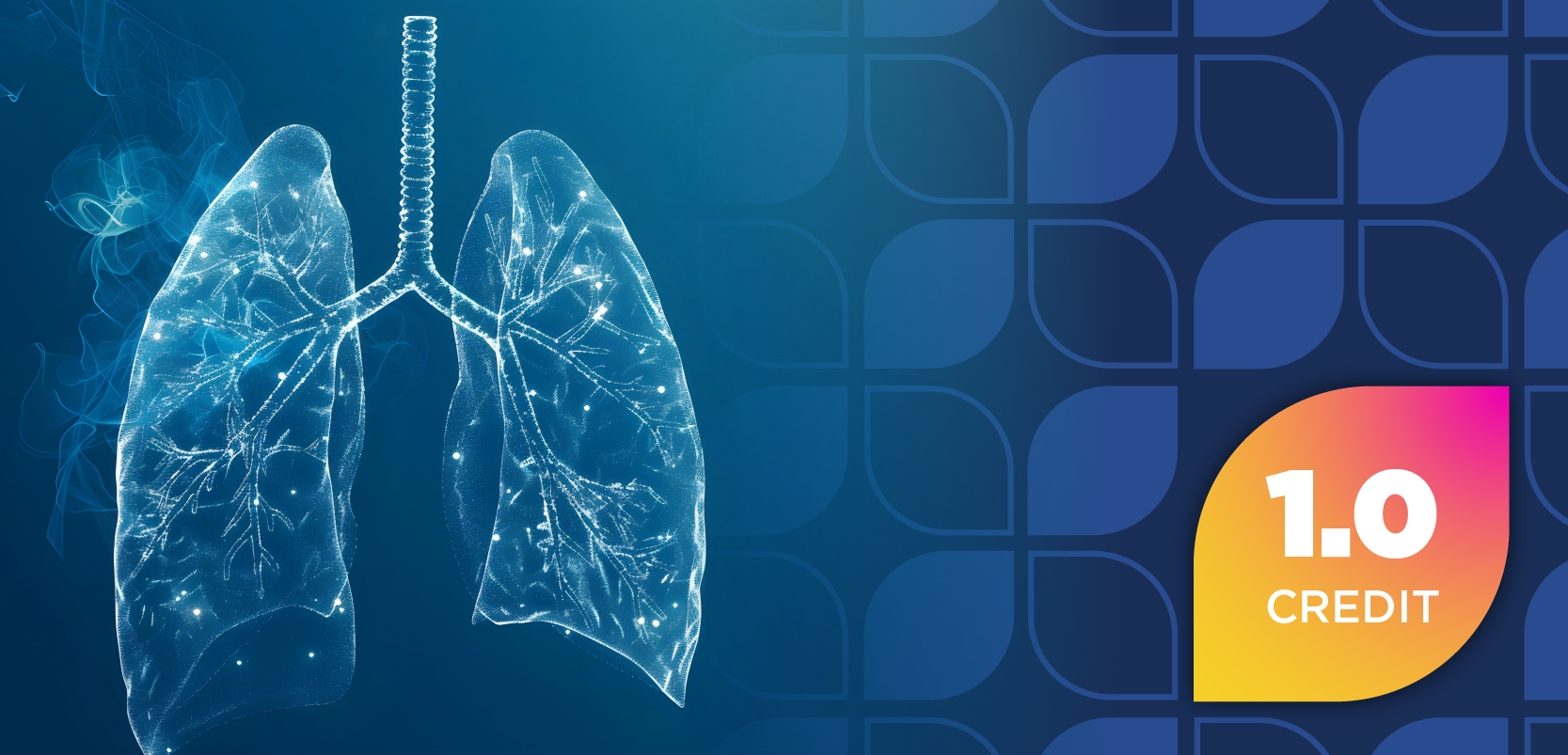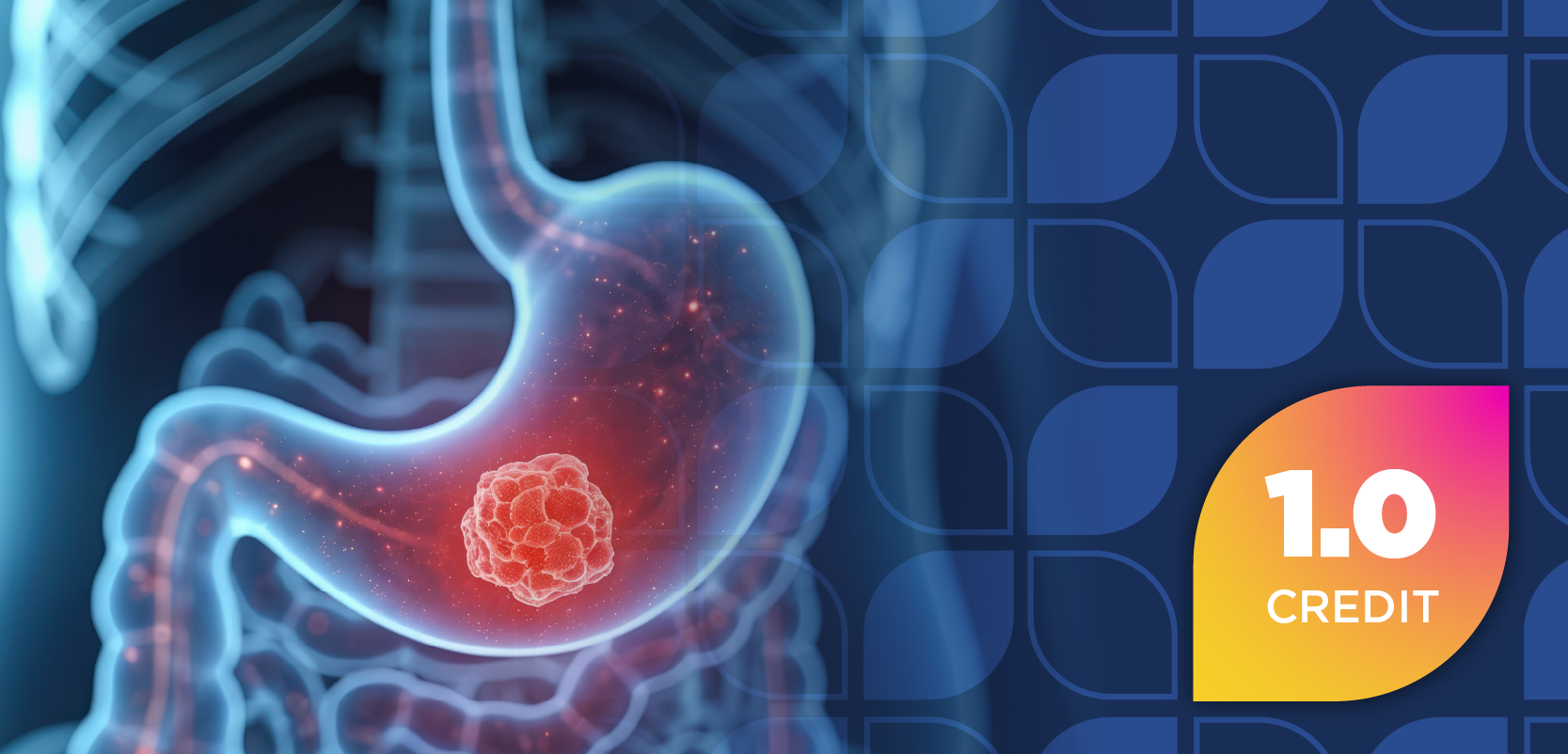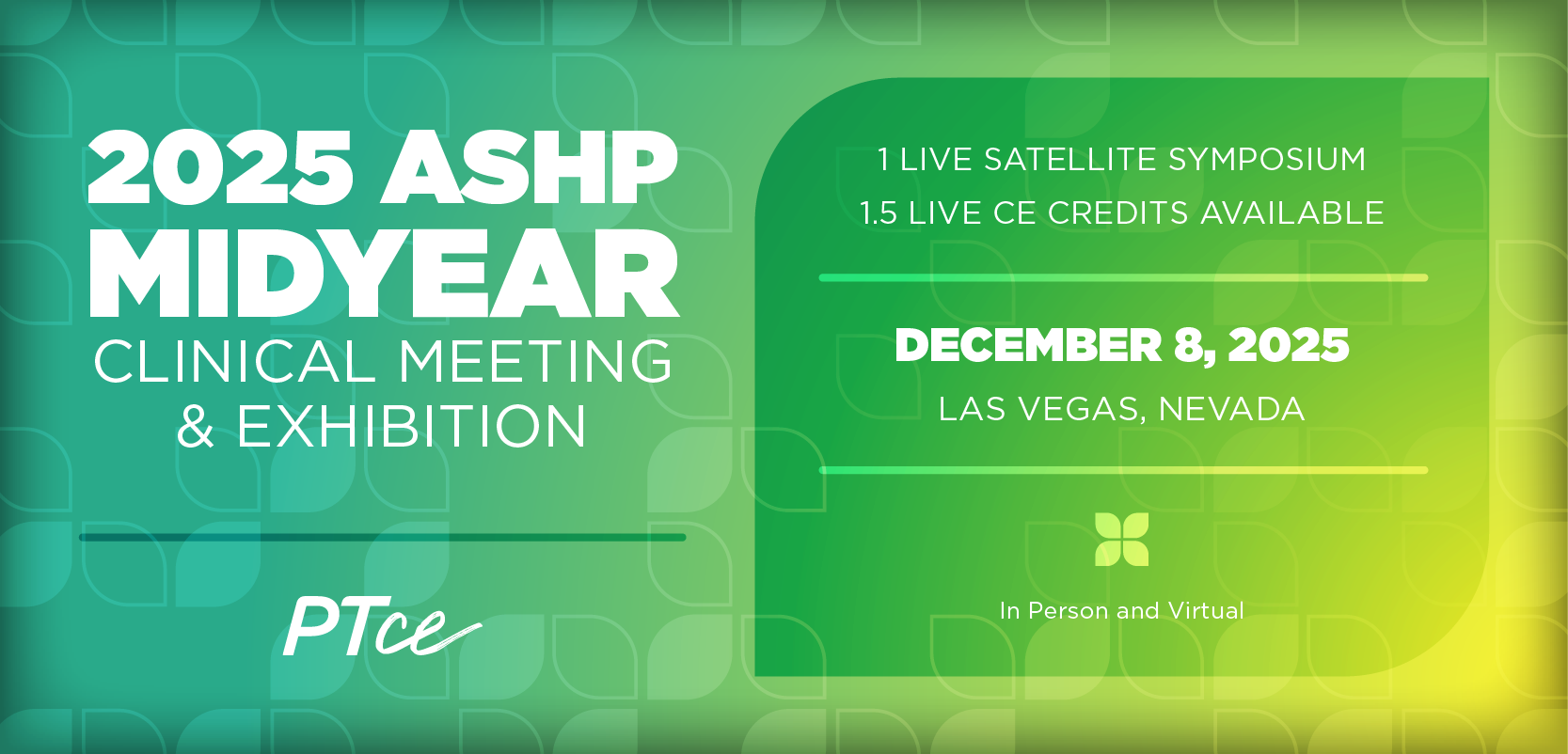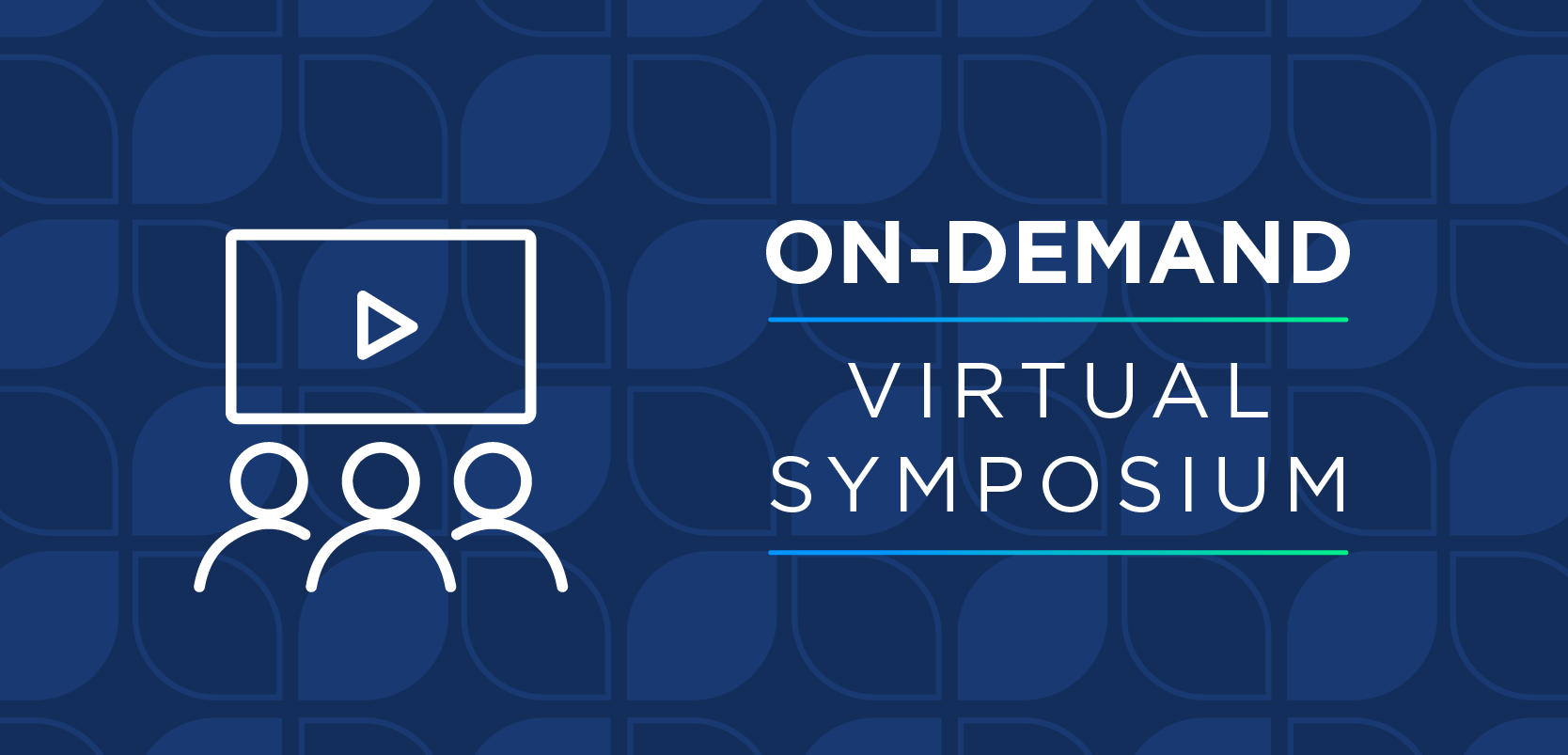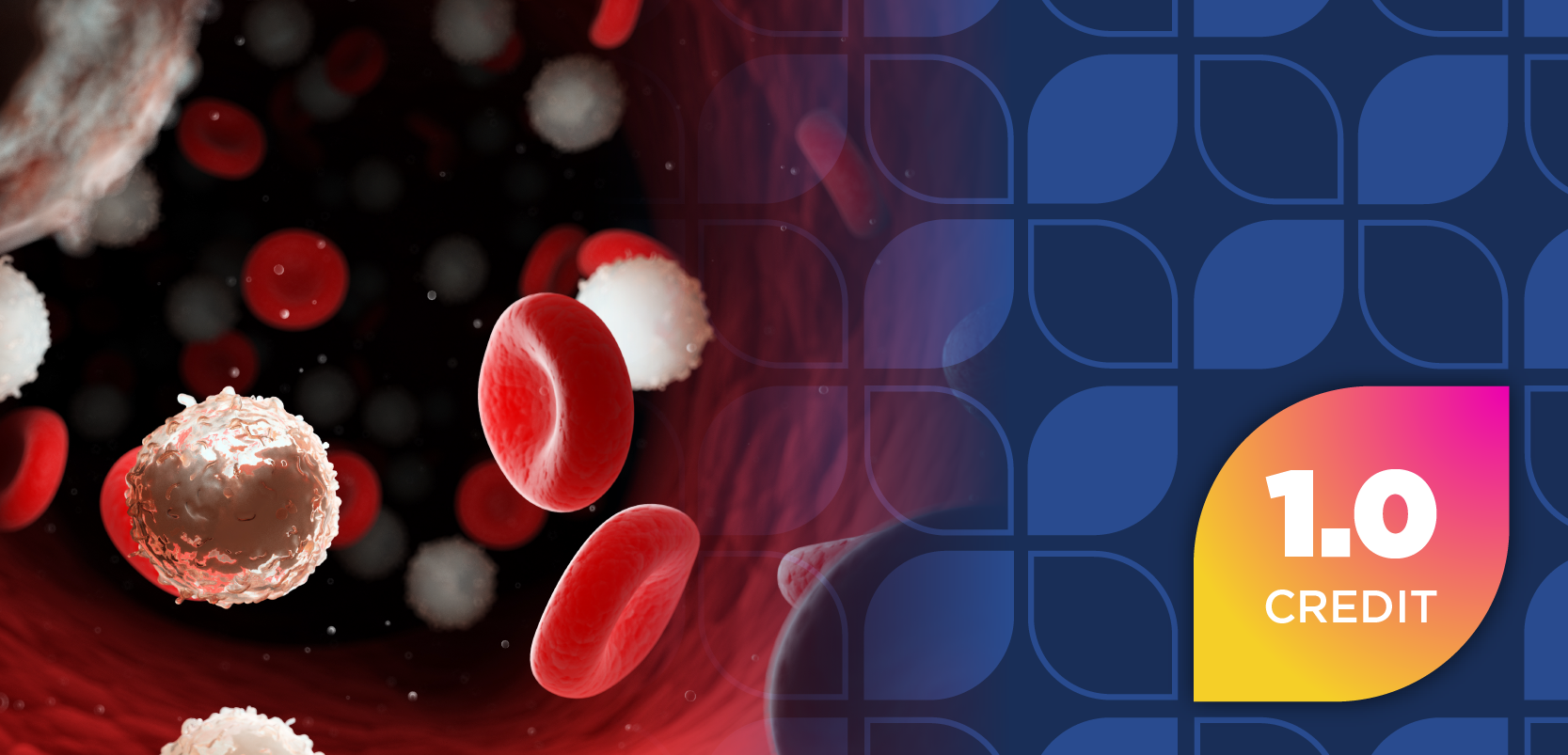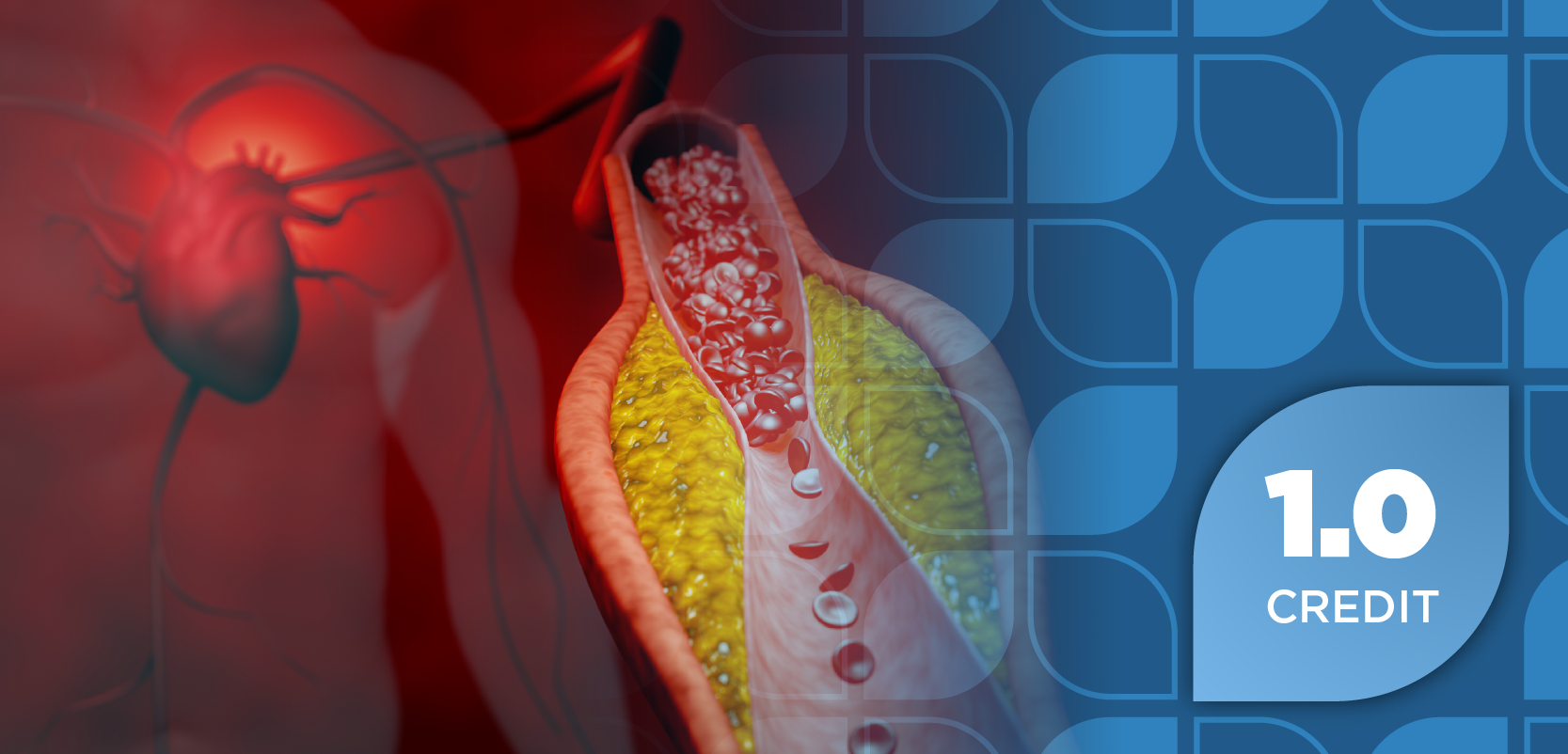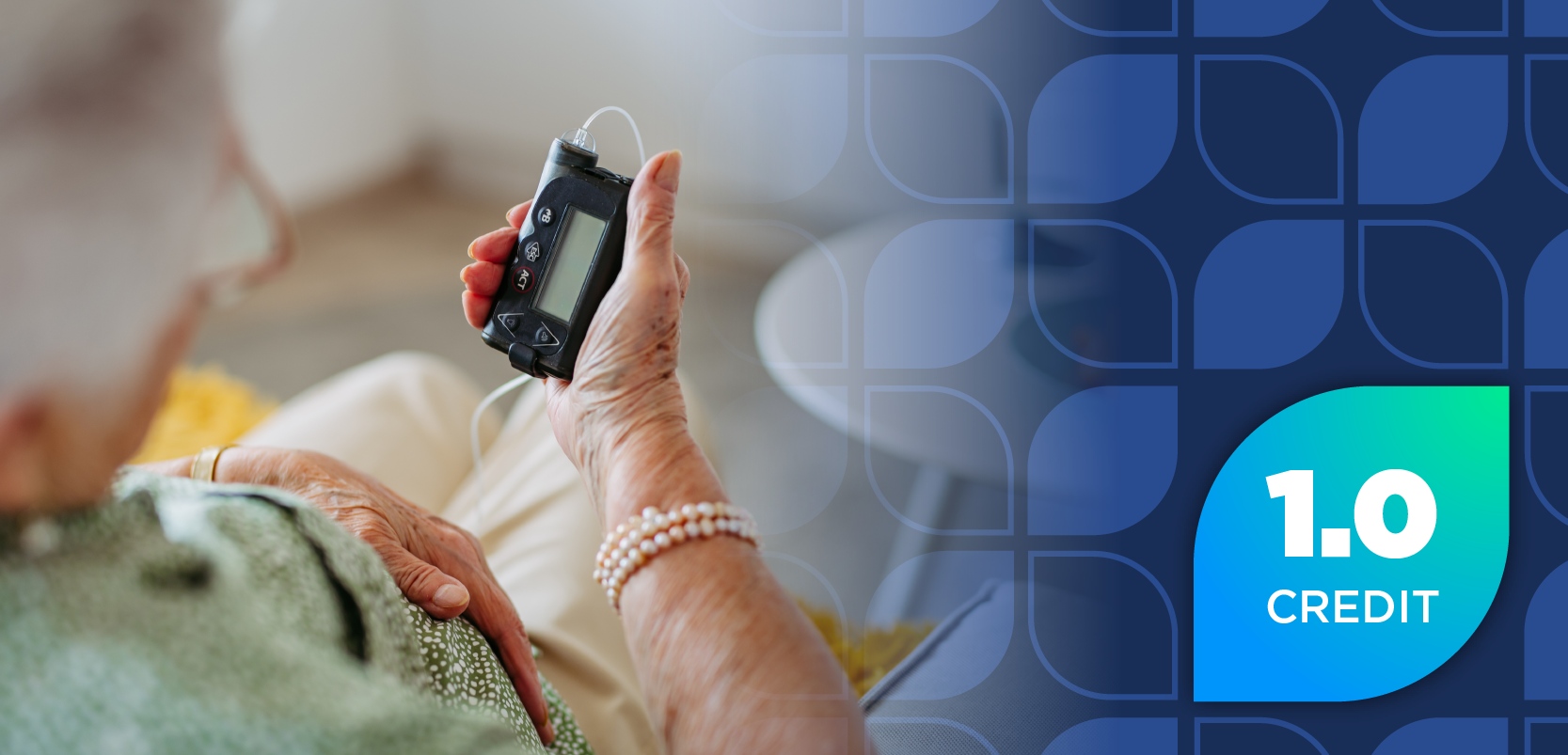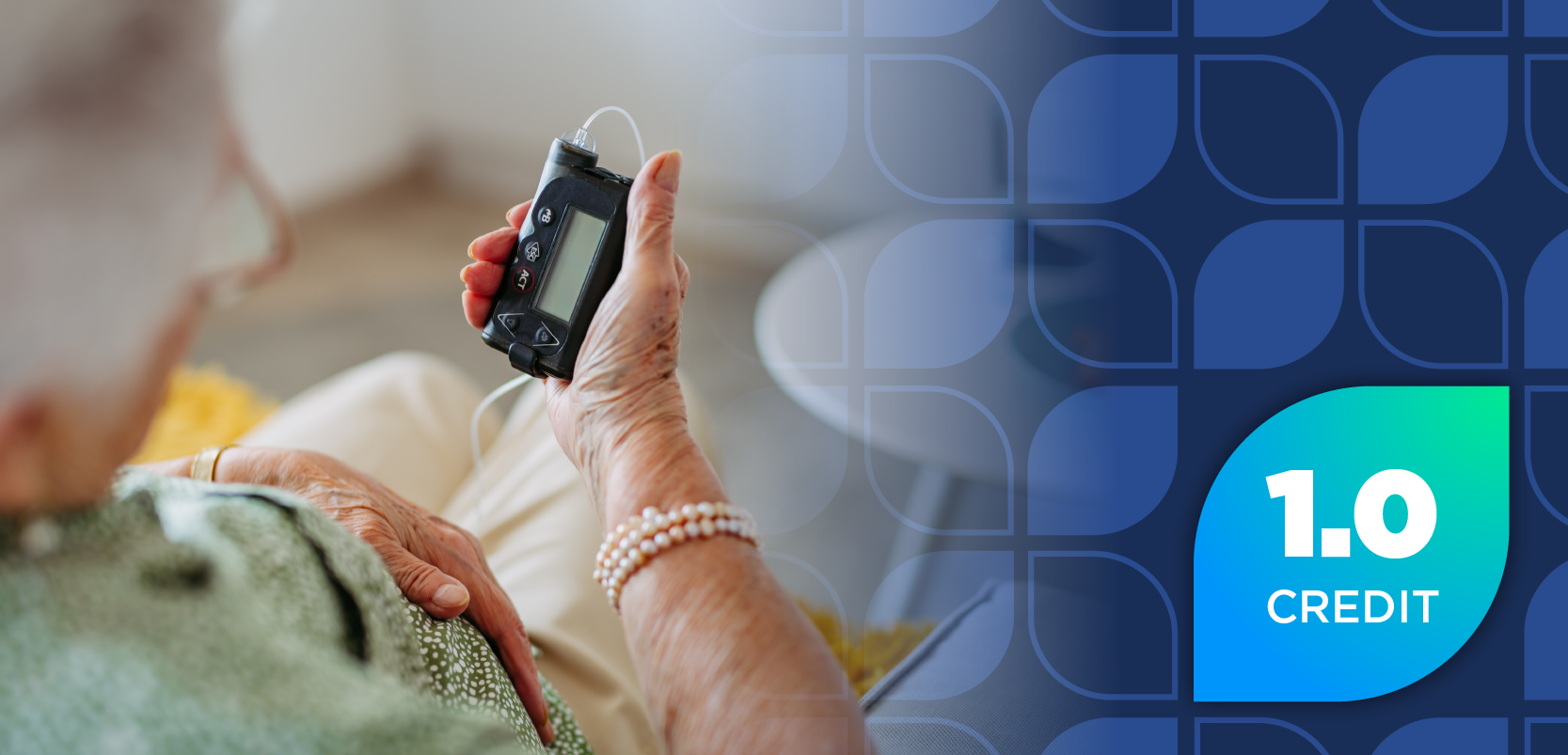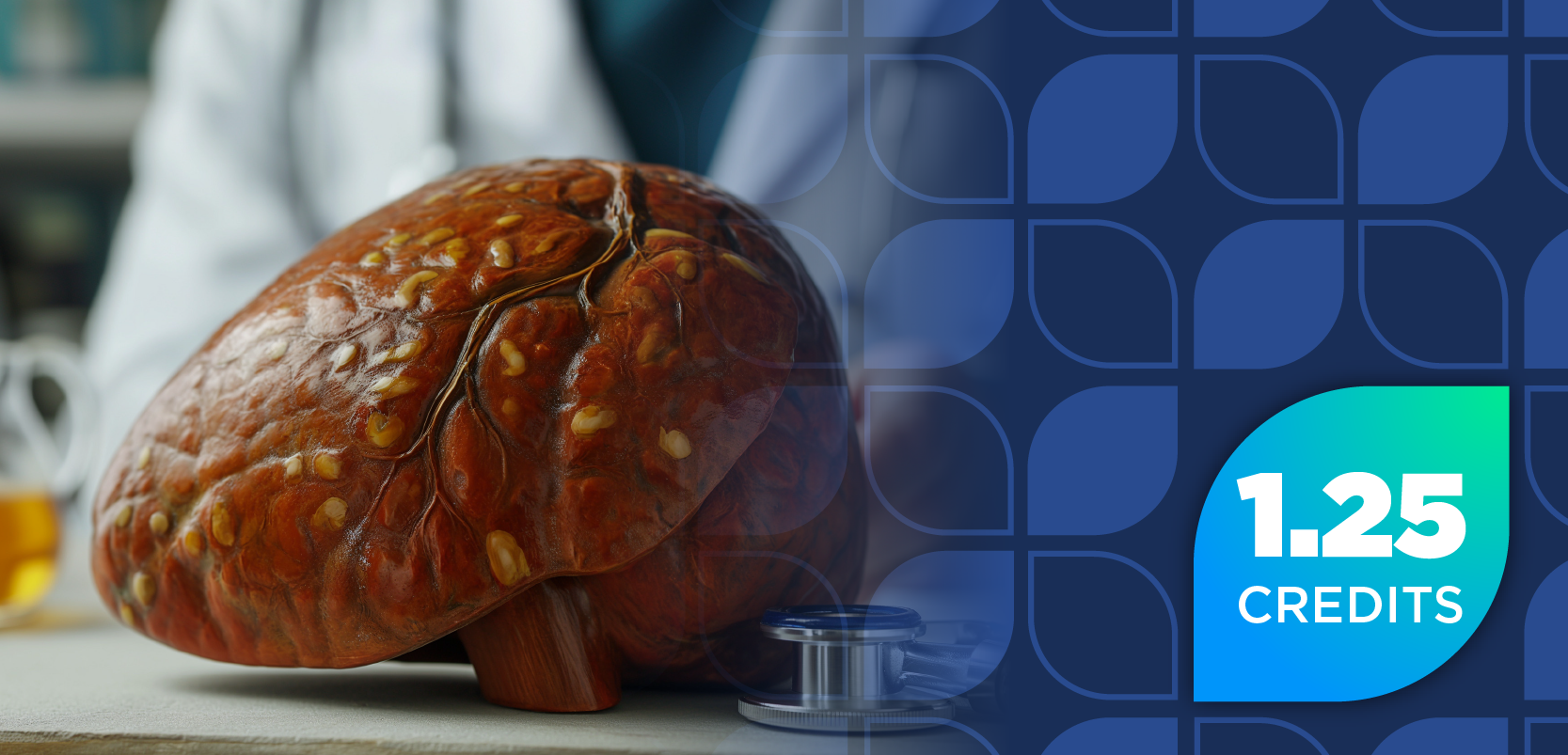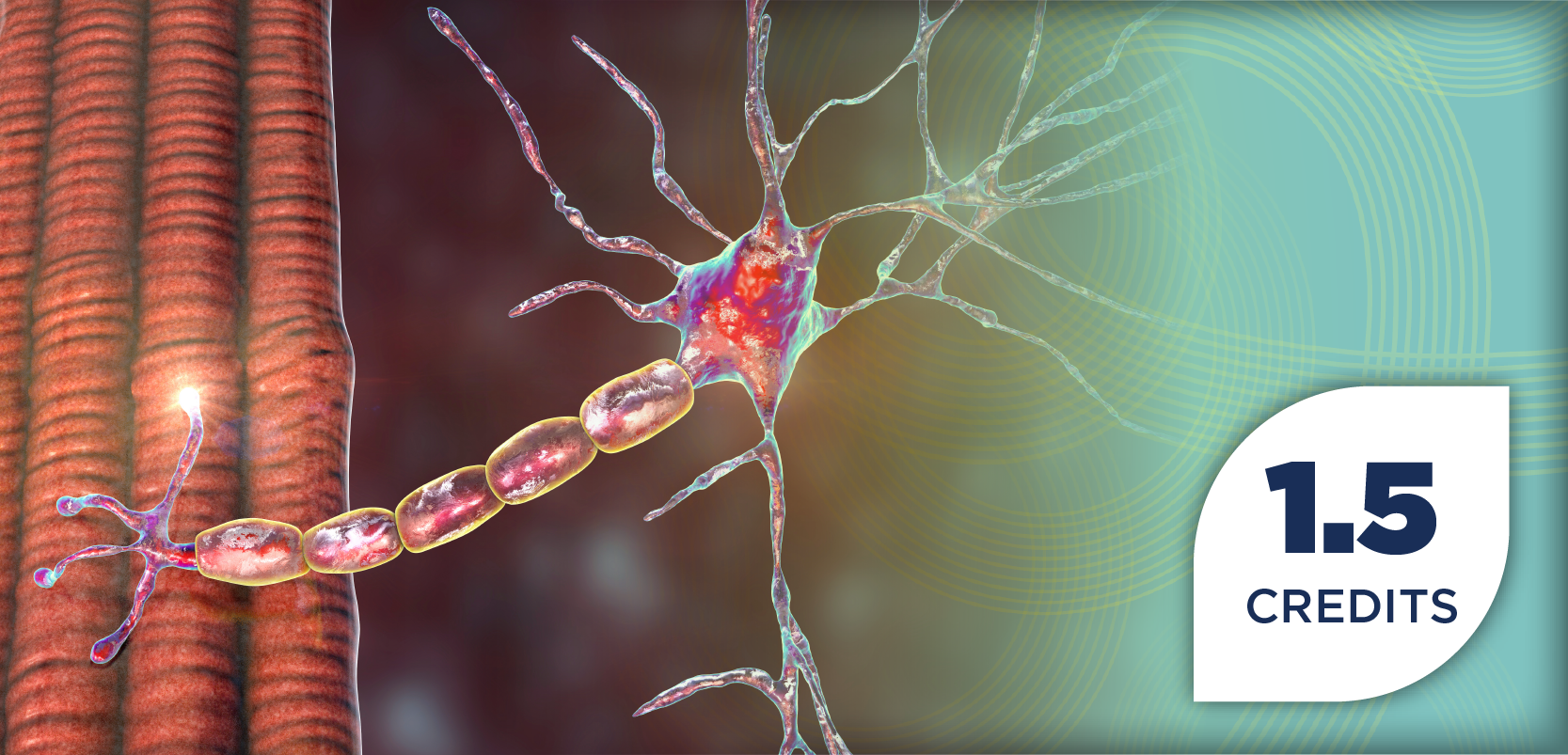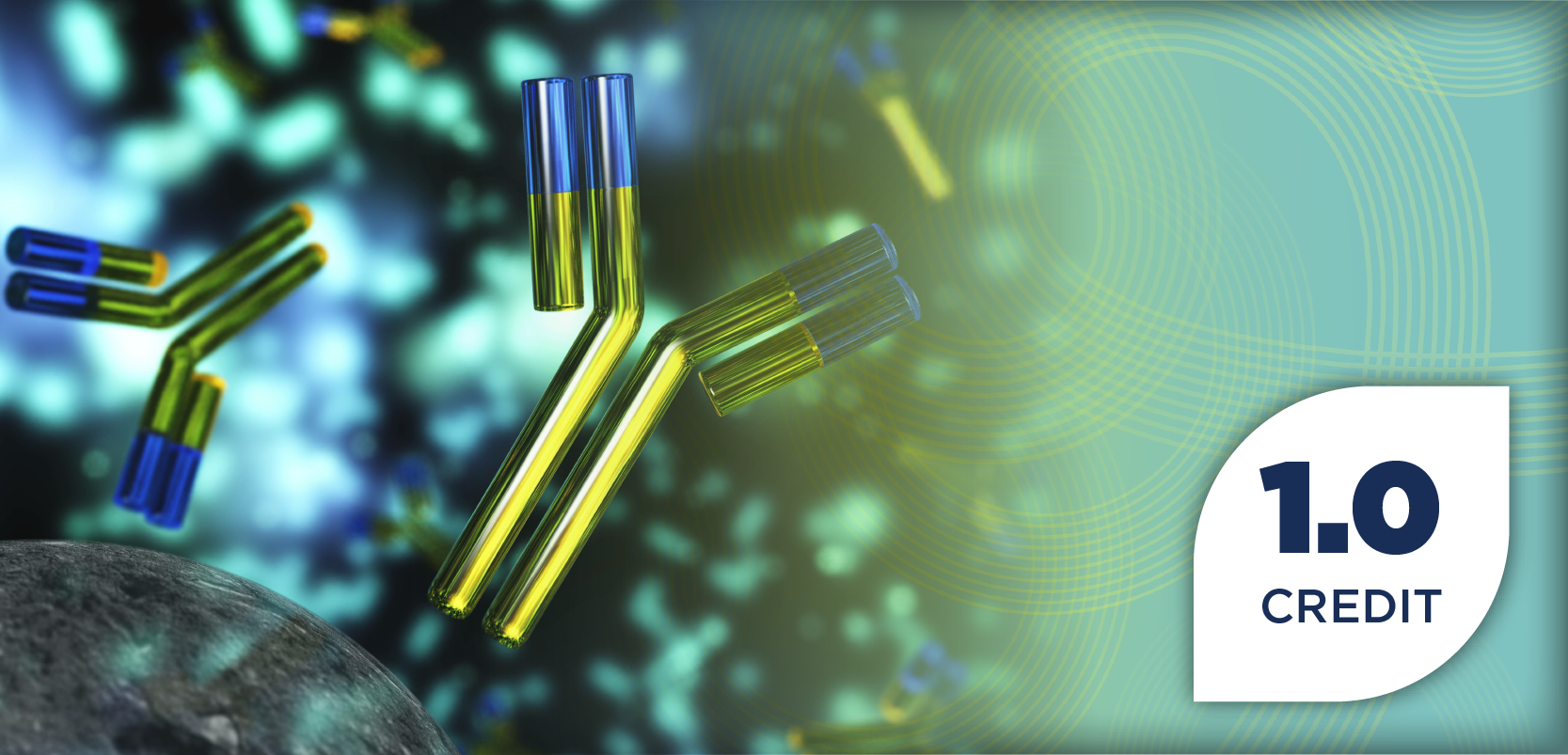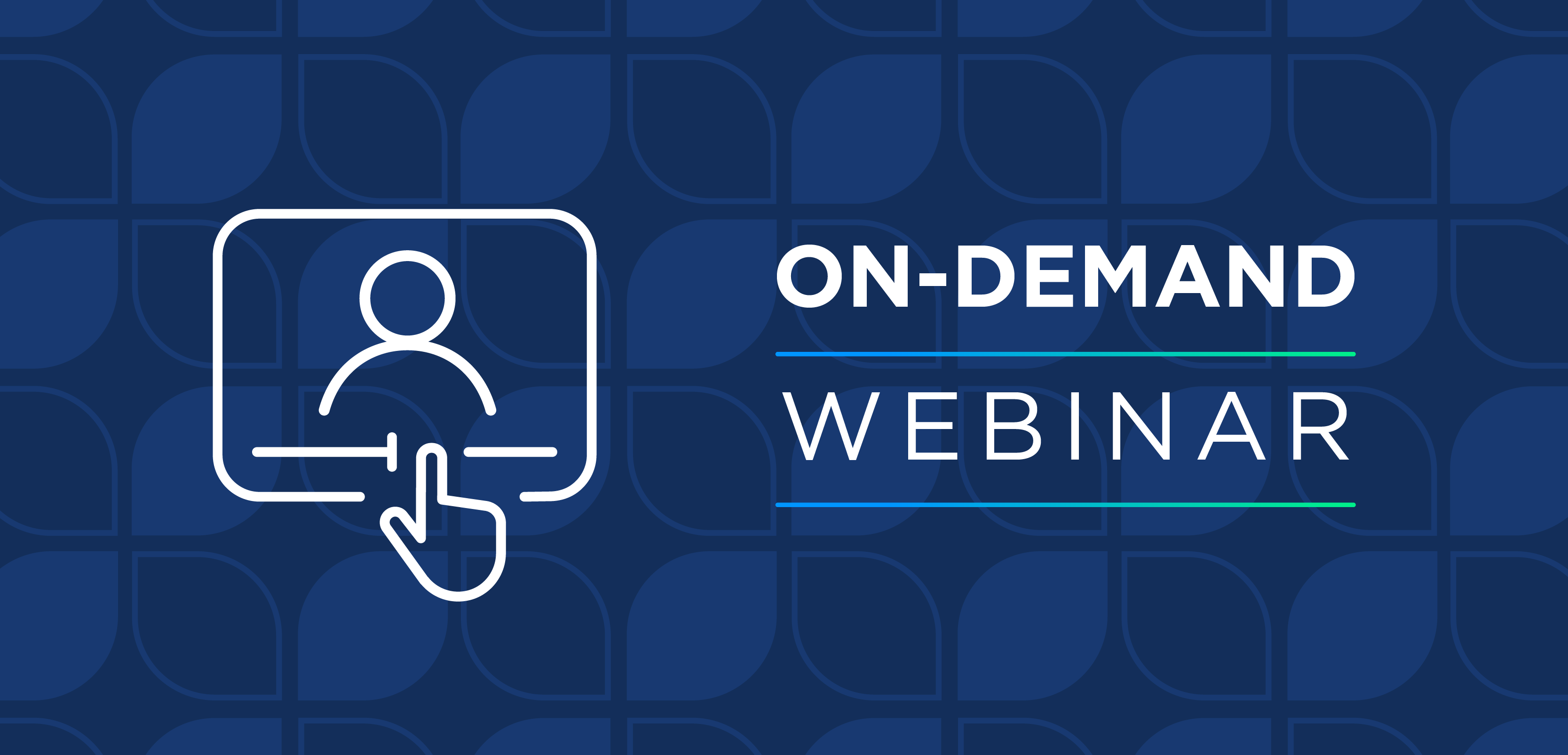
IMS 2025: Experts Discuss Key Sessions and Presentations
In this video, experts who attended the 2025 International Myeloma Society (IMS) Annual Meeting highlighted topics of interest as well as pivotal data.
The 2025 International Myeloma Society (IMS) Annual Meeting showcased groundbreaking data on emerging therapies, particularly bispecific and CAR T-cell treatments, that are redefining the landscape of multiple myeloma care. Experts highlighted notable response rates and minimal residual disease (MRD)-negativity in frontline settings with novel bispecific combinations. The experts also emphasized the potential for time-limited therapy, possibly eliminating the need for transplant or maintenance in certain patients, while also exploring mechanisms of resistance, toxicity management, and real-world outcomes.
This video features insights from:
- Matthew M. Lei, PharmD, BCOP, clinical pharmacy specialist, Massachusetts General Hospital;
- Rahul Banerjee, MD, FACP, assistant professor of medicine, Fred Hutchinson Cancer Center in Seattle, Washington;
- Claudio Cerchione, MD, PhD, medical director of hematology, Istituto Scientifico Romagnolo per lo Studio e la Cura dei Tumori, Italy;
- Marc Raab, MD, professor of medicine and clinical director at the Heidelberg University Medical Center;
- Yi Lin, MD, PhD, hematologist and oncologist at Mayo Clinic;
- Paula Rodriguez-Otero, MD, PhD, associate professor, consultant, hematology, University of Navarra in Pamplona, Spain;
- Karen Rodriguez-Lorenc, MD, therapeutic area lead of hemato-oncology, Regeneron;
- and Xavier Leleu, MD, PhD, head of the department of hematology and myeloma clinic, Hôpital La Mileterie, Poitiers, France.
Pharmacy Times: What key sessions were highlighted at this year’s International Myeloma Society (IMS) Annual Meeting?
Matthew M. Lei, PharmD, BCOP: I think that some of the important pieces of information that we highlighted at IMS 2025 that are topline for me, are the updates in terms of [elrantamab] (Elrexfio; Pfizer)- and teclistamab (Tecvayli; Janssen Biotech)-based combinations in the frontline setting. I think that we're seeing now very high rates of response, and also rates of activity, and so, I think that speaks to the feasibility and promise of this strategy. And I think also we do see a number of interventional abstracts for patients with high-risk smoldering myeloma, and of specific note, limit seltimab monotherapy in that setting. And so, I think those are a number of abstracts that are on top of mind for me.
Rahul Banerjee, MD, FACP: I think [the] IMS meeting is always evolving. It used to just be a "rehash" of what was presented at [American Society of Clinical Oncology] or [European Hematology Association] moving forward, but again, it's getting better.
I think some of the data that I think are really intriguing, at least so far, I've not seen all the data yet, but I think earlier today, we saw data about new bispecifics. Cevostamab (Genentech) is targeting FcRH5. There was an oral presentation by [Hira Mian, MD, MSc, FRCPC] and colleagues about combining cevostamab with pomalidomide (Pomalyst; Bristol Myers Squibb) and dexamethasone with pretty encouraging results. Our immunotherapy world right now, we're still putting all our eggs into baskets, either BCMA or GPRC5D, that's both for [chimeric antigen receptor] (CAR) T and bispecifics. Having a third drug is pretty meaningful.
Then, we also saw data about using bispecifics in earlier lines. So, [Marc Raab, MD] from Germany presented the MajesTEC-5 data (NCT05695508) looking at teclistamab plus daratumumab (Darzalex; Janssen Biotech) plus bortezomib (Velcade; Takeda Pharmaceuticals), or teclistamab plus daratumumab plus lenalidomide, different permutations thereof. And in brief, 100% of patients who got that with newly diagnosed myeloma achieved minimal residual disease (MRD)-negativity, achieved a response.
Across the board, we've seen that whenever you give someone a bispecific as frontline treatment, you're getting 100% response rates and 100% MRD-negativity, meaning no traceable myeloma thereafter. That is earth-shattering. And seeing that data today, you're gonna give me goosebumps, because I think if you know that 100% of your patients are able to achieve MRD-negativity and complete response with time-limited induction—that's never been the case before—there may be a scenario where those patients in newly-diagnosed myeloma do not need transplant. There may be a scenario newly-diagnosed myeloma does not even need maintenance treatment. There may be a scenario or time...the way that with lymphoma, we give [treatment] for 6 cycles and call it a day for most patients, we may be able to give a bispecific plus combo drugs for 6 months call it a day.
We're not quite there yet, but every year, we're getting closer and closer to it. And certainly here at IMS we're seeing a lot of data around that, so I think that's probably the most promising. A lot of other things will be presented here at the conference. The other, I think most innovative work will be around some of the toxicities of CAR T.
Claudio Cerchione, MD, PhD: There were several presentations; the first being the idea of presenting the quadruplet [regimen] as a new standard of care in frontline multiple myeloma. About the new data...I appreciated a lot of the study about the latency of functioning of the bispecific antibodies, the idea that the bispecific antibodies have also long-term effects that we see every day in our clinical practice. But I particularly appreciated it to be carefully studied.
Moreover, the new CAR T constructs are really interesting data that I have seen from this IMS in Toronto. And I also appreciate the frontline data of elranatamab in combination with the carfilzomib (Kyprolis; Amgen)...and also the molecular evaluation, the idea that the new ambition is to find the mechanism of resistances. And I've seen several presentation designs, but let's not forget the rule of circulating plasma cells that are going to be integrating in the important factors that we have to study in our patients. I think that these tools will help us to improve and to personalize more and more treatments.
Marc Raab, MD: We still have, coming in, new data on the bispecifics, all kinds of bispecifics, right? So, we haven't heard much about cevostamab for a longer time, and now we see [an] updated combination, but also kind of like conservation after CAR T cell therapy and so on. That's very promising.
What I find interesting is that there was some real-world data on patients who, for various reasons, had stopped treatment with bispecifics and [still] experienced long-term remission. So, that was interesting. This is a very important, I would say, dataset to rely on and to refer to if we—for whatever reason—try to limit treatment durations in the future. The new cell modes also, in combinations, evolve. This is something [that is] very important. So, lots of new things, lots of new ideas that also arose from those presentations that we see here at the IMS 2025 [Annual Meeting].
Paula Rodriguez-Otero, MD, PhD: I have the impression...the evolution in myeloma has been extraordinary. In the last years, we got lots of meetings, a lot of new data that [were] presented. So, I think that this year we have a lot of presentations about combinations with these novel immunotherapy strategies that may not be practice-changing today, but definitely, maybe in the future. So, we have also [seen] studies evaluating the role of bispecifics in newly-diagnosed multiple myeloma. Some of these abstracts, for me, are the most interesting.
Yi Lin, MD, PhD: We're seeing a lot of new data that are being presented this year...there have been a lot of immunotherapy sessions, so I'm really excited to see that. We're [also] seeing some updates from clinical trials with trispecific [antibodies], allogeneic, novel, CAR T targets for myeloma. We're learning with evolving immune profiles, myeloma cell-resistant signatures to better able identify patients who might be good responders to the treatment or potentially resistant for next-generation therapeutic development. And real-world applications [are] very important to understand some of these uncommon severe toxicities, and what are we seeing in the real-world evidence patterns. These are an opportunity to think about improving the ways that we're identifying these patients and potentially thinking about mitigation strategies.
Karen Rodriguez-Lorenc, MD: I think that all in all, this meeting is amazing. There is amazing new information that we are receiving with monotherapies, with new therapeutics, with new treatment modalities, and I think that all this information is very informative for all of us. We are very excited for the data that is going to be presented later today with linvoseltamab (Lynozyfic; Regeneron) in the precursor, in this case, the high-risk smoldering myeloma and so we are looking forward for that and that presentation.
Xavier Leleu, MD, PhD: I think where we are now is extremely exciting. I've been working on myeloma for 24 years, I've seen the development of 2 drugs, 3 drugs, transplant...it was all about prolonging survival. It has never been about improving the quality of life of the patients. It has never been about really making a tremendous change in the [adverse] effect (AE) profiles, because we were so afraid of patients dying from myeloma that we accepted a certain degree of sufferance from AEs. What I started seeing now is that with the quadrupet-based regimen [such as] Isa-VRd and Isa-KRd being amongst the most interesting regimens, we have reached such a level of confidence myeloma is not 100%—it's never 100%—but myeloma is massively under control. Now we can work out the next most important question, which is, how can we make [treatment] really "nice" for the patient? How can we make the patients "like" their treatment and not just fear dying from myeloma?
I think now the meeting really stated the point that this is validated, this is clean, this is clear, no discussion. Now we need to go beyond that. So, what is next for the patients? What are the patients asking that we haven't yet completed? We face an incredible challenge here, which is that if we stop the treatment for myeloma, we know the patient relapses, and we know the patient will relapse earlier than if we had continued. So, if the patient relapsed 10 years later, it might not make a difference, but if the relapse comes within 3 to 5 years, it is making a difference for the patient. So, what we still we start hearing now, is that immunotherapy has improved, new generations are out there; I am talking about the CAR T technology, but also the bispecific and trispecific monoclonal antibodies. With these new immunotherapies, given the results we see, the vast majority of the patients reach MRD-negativity status, we start thinking that it is now maybe possible, [for example,] to consider that you could treat your hypertension, get a normal blood pressure, not resume your hypertensive drug, and still not having the hypertension to get back. So, it's too early to say it's going to work, but we are firmly convinced that it's worth trying now to give a very strong immunotherapy targeting the BCMA, which is a different target than CD38, and so, the response will be so deep that you could stop and the patient would possibly relapse. But the time to the relapse would be very, very prominent.
The future is about using this new immunotherapy, bispecifics, CAR T to be able to give a fixed duration, permanently stop the treatment, monitor the MRD, and resume the treatment only when the patients start showing some relapse markers. And if we get there, we're going to gain new level of improving quality of life; saving money, so it becomes available in most of the countries in the world; and for the patients, it's really what they're asking for.
Newsletter
Stay informed on drug updates, treatment guidelines, and pharmacy practice trends—subscribe to Pharmacy Times for weekly clinical insights.





